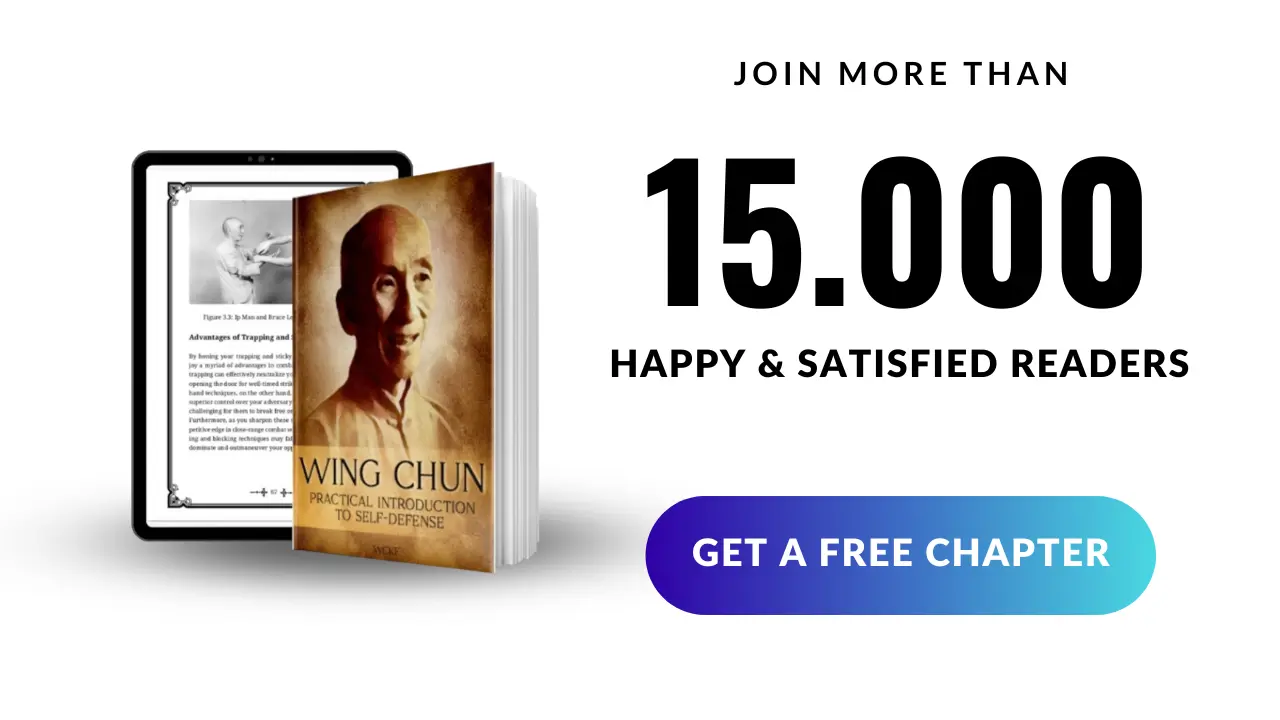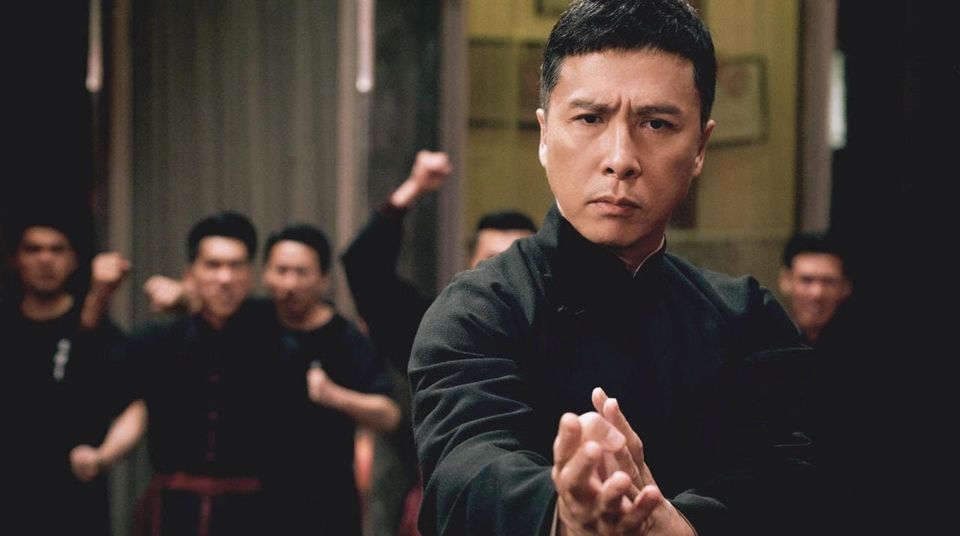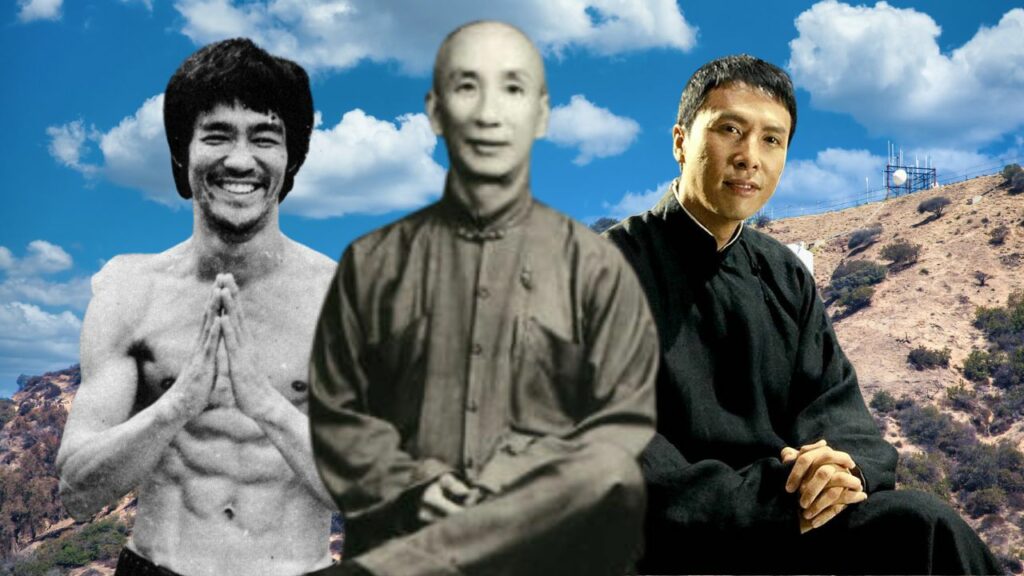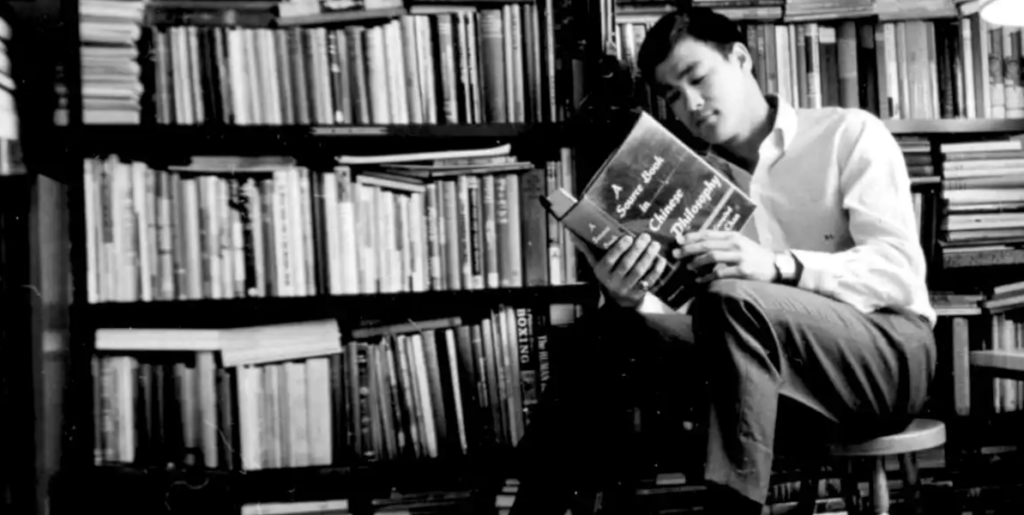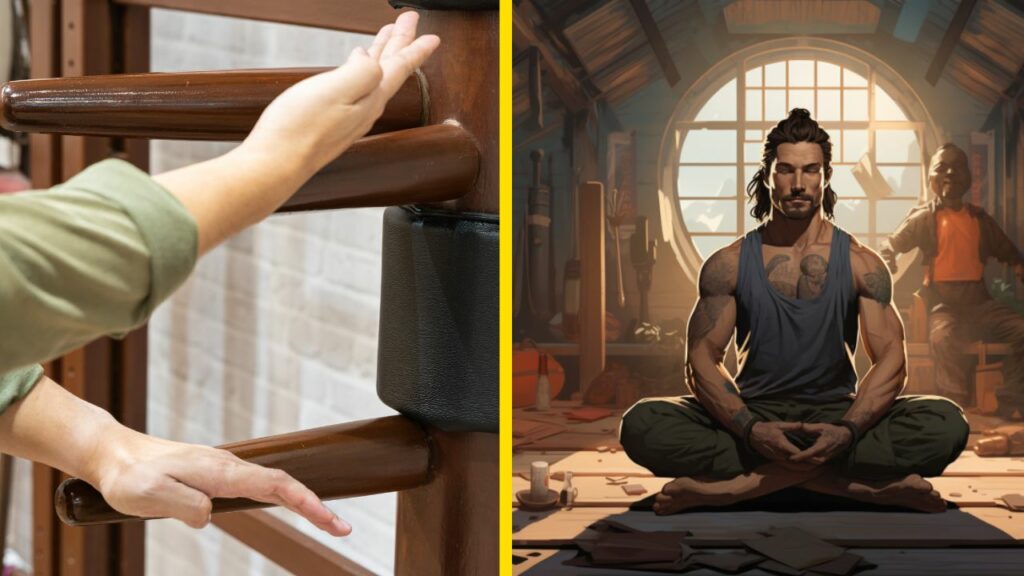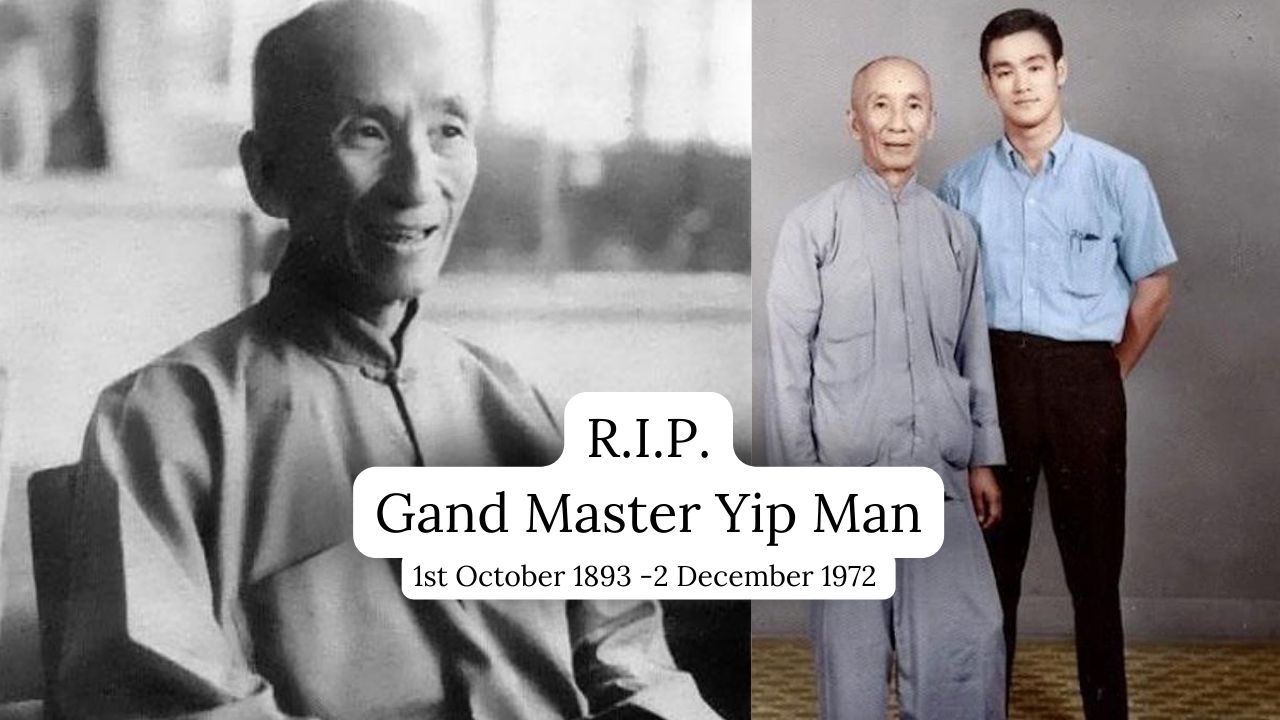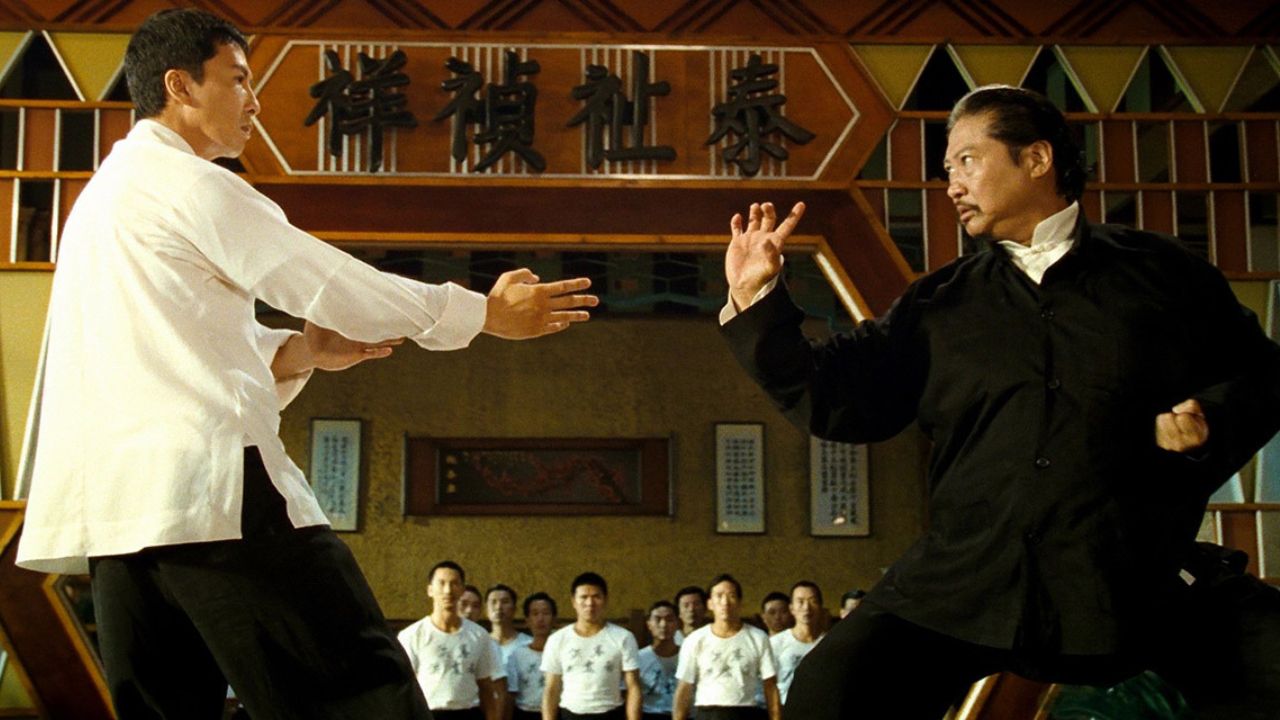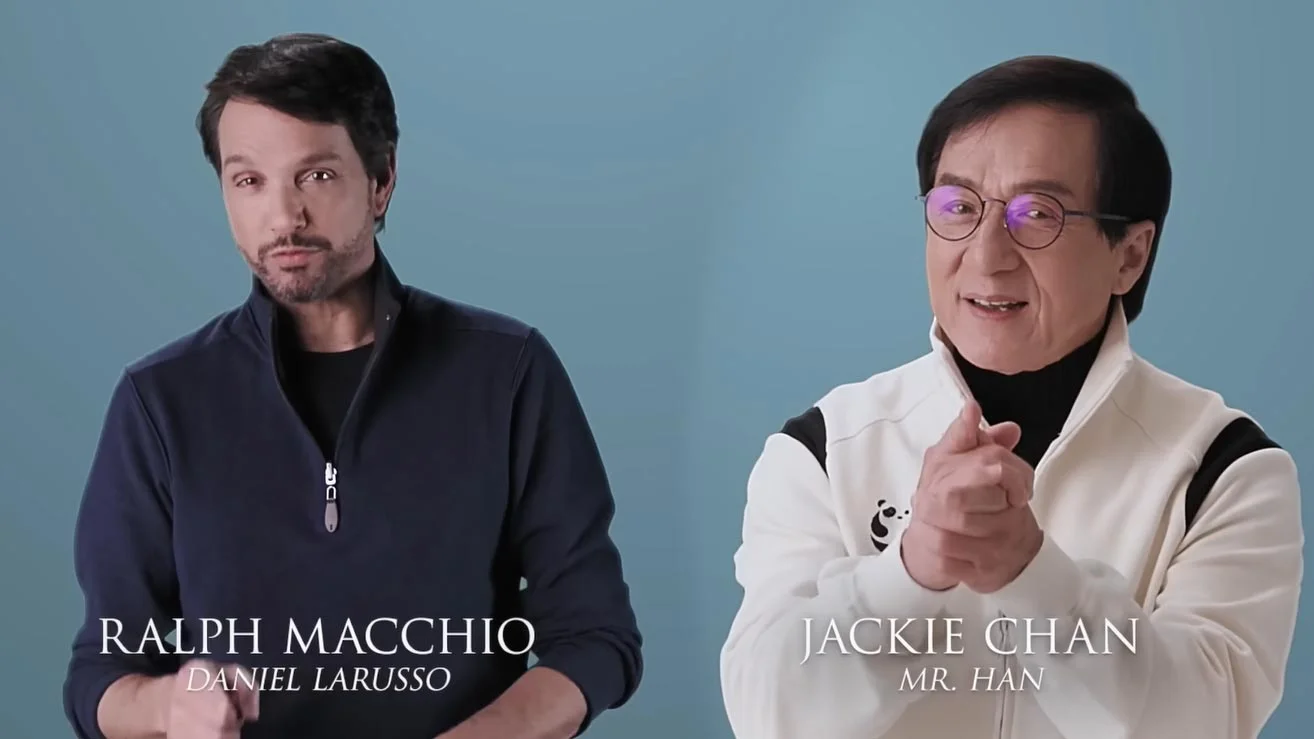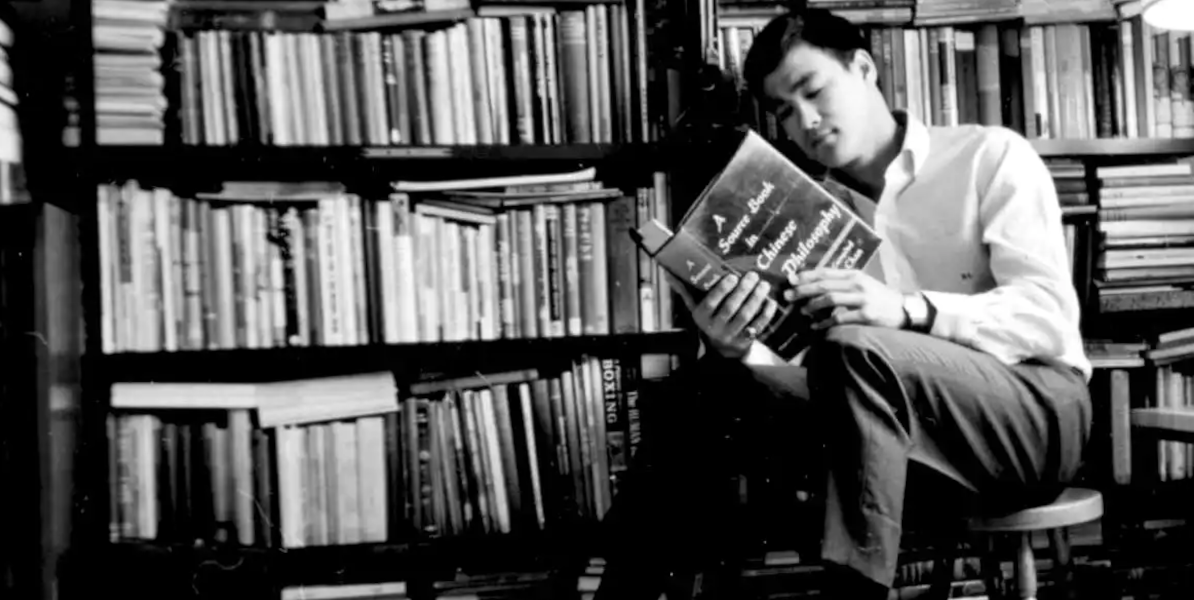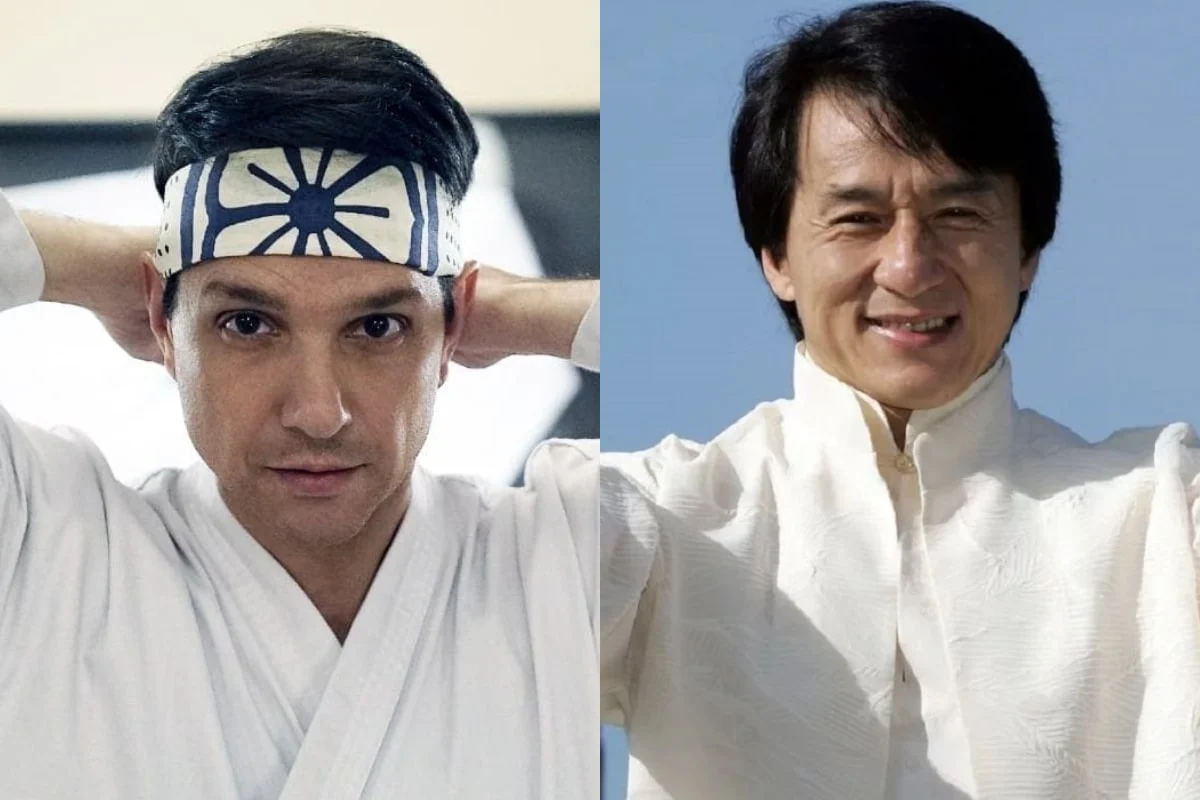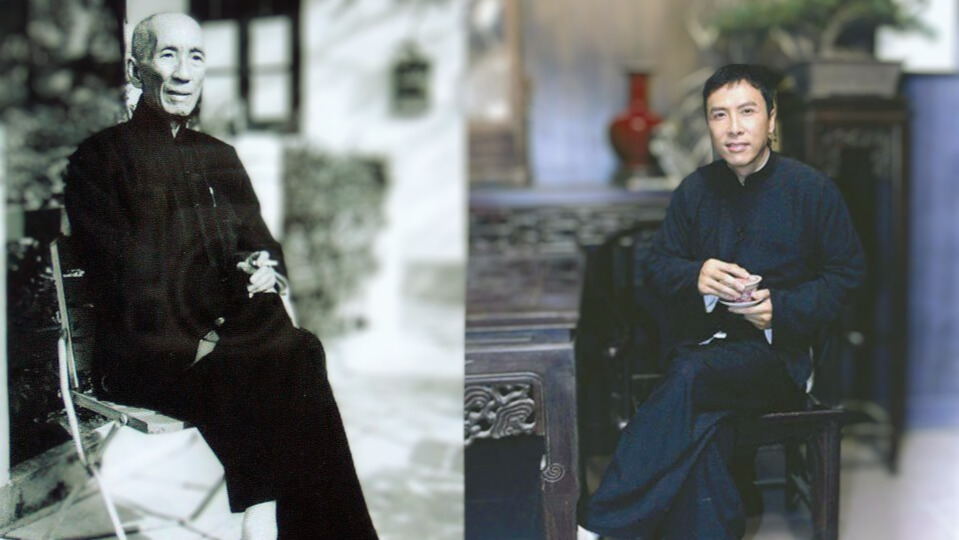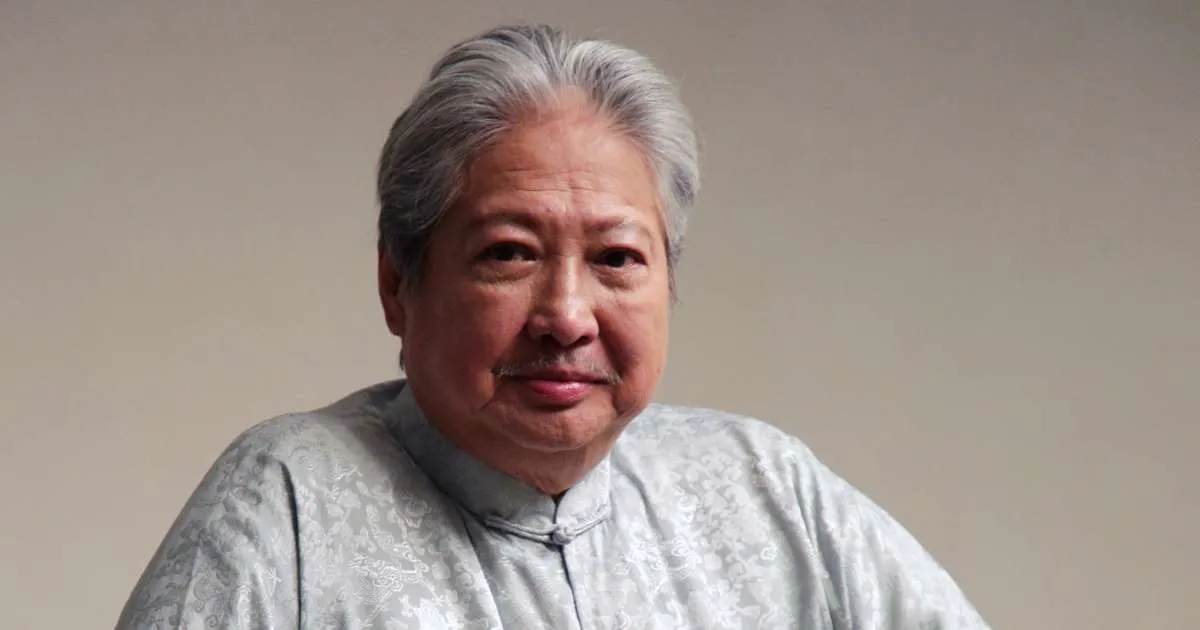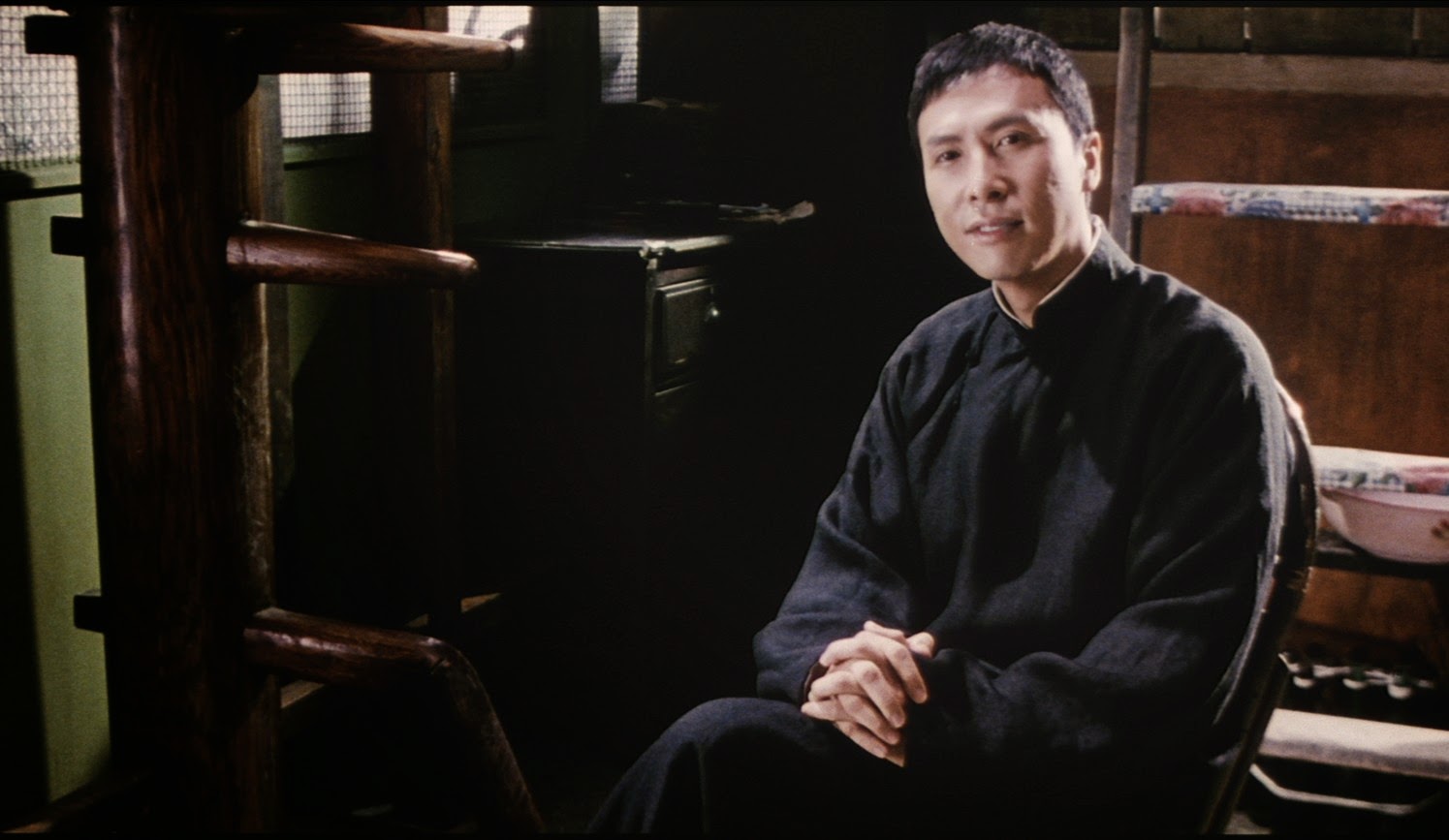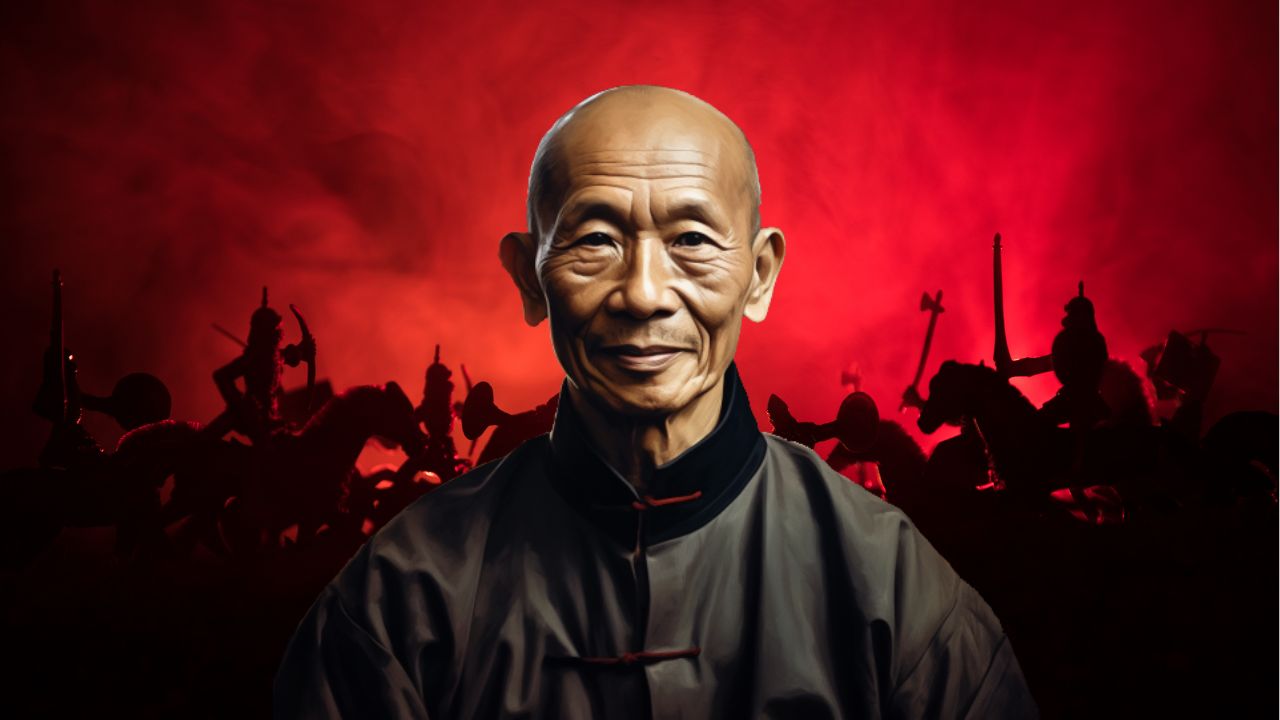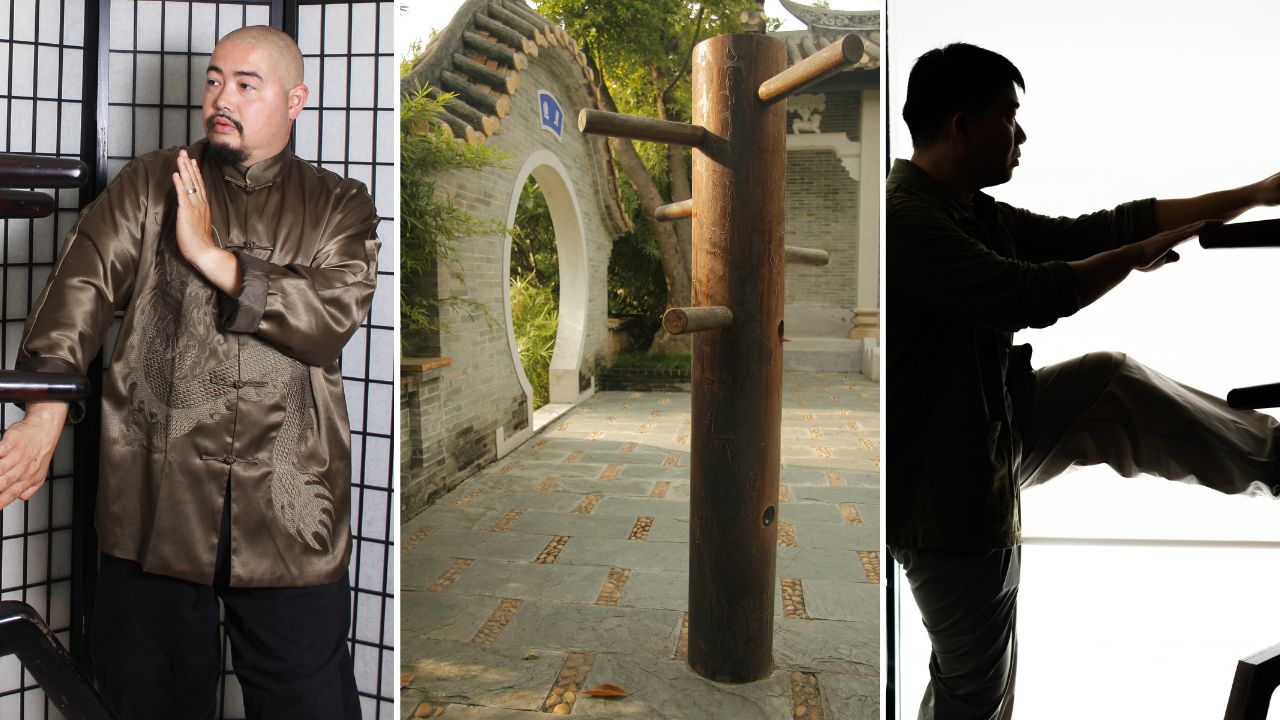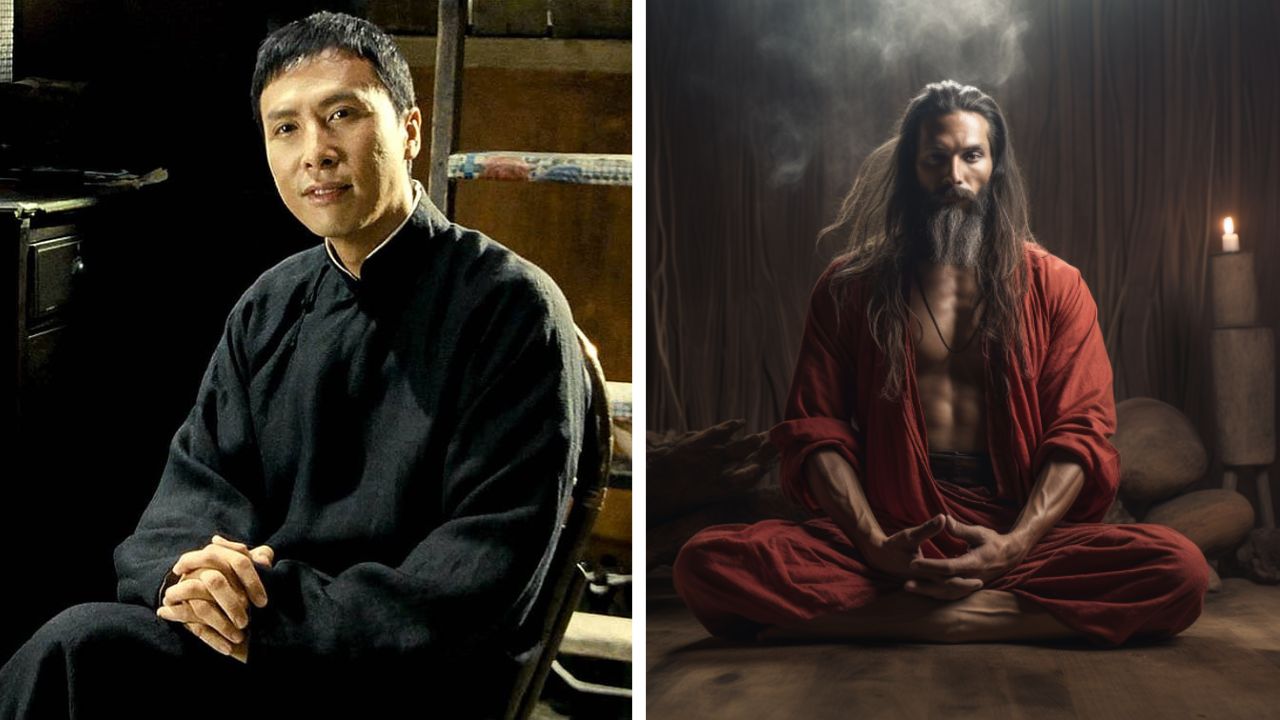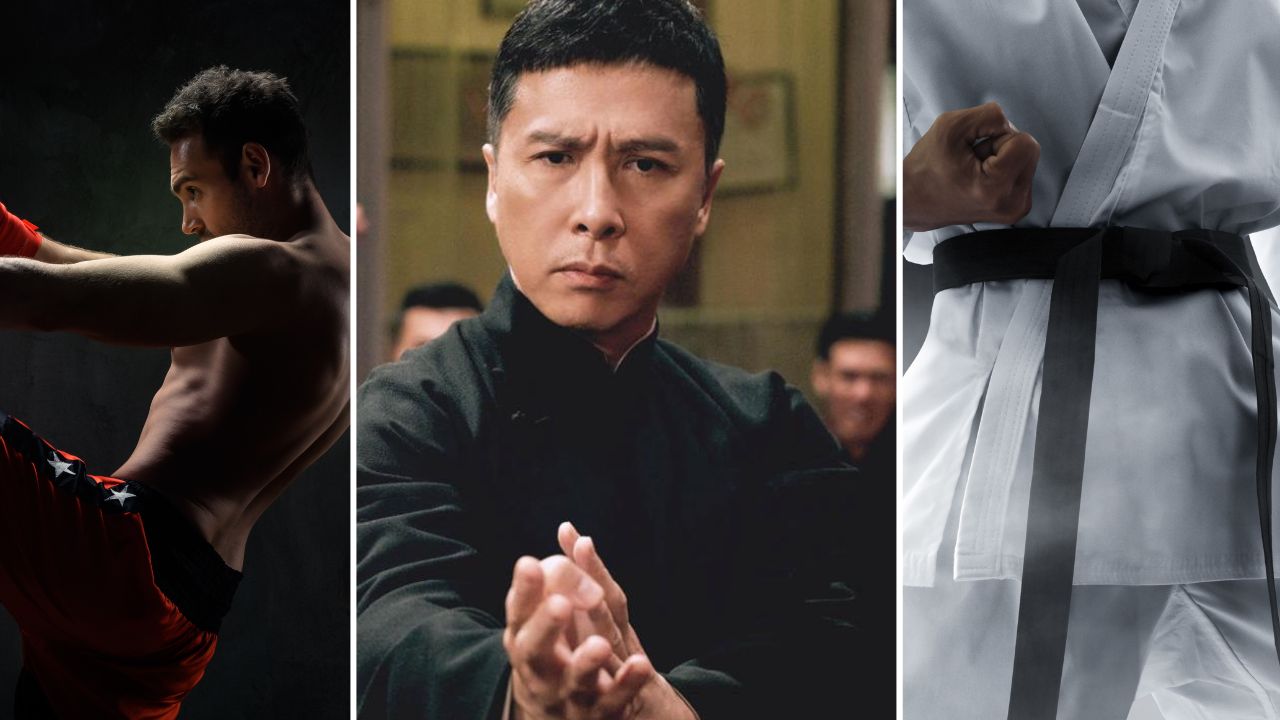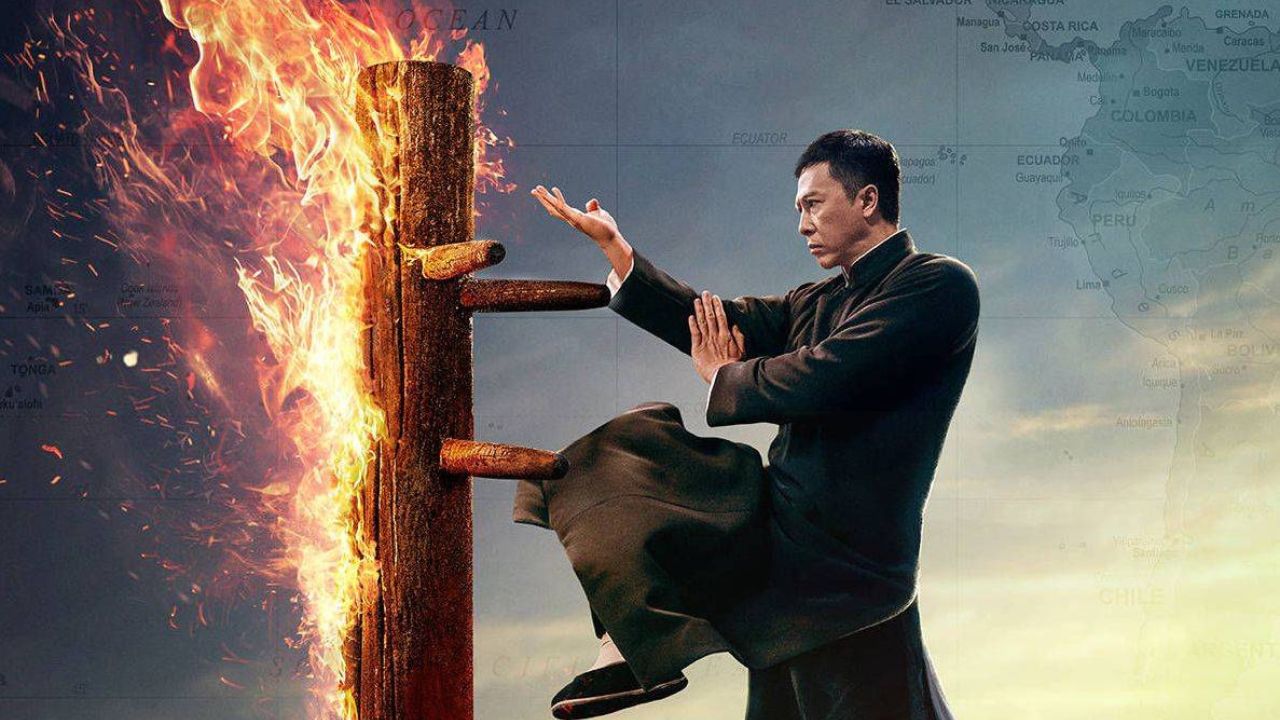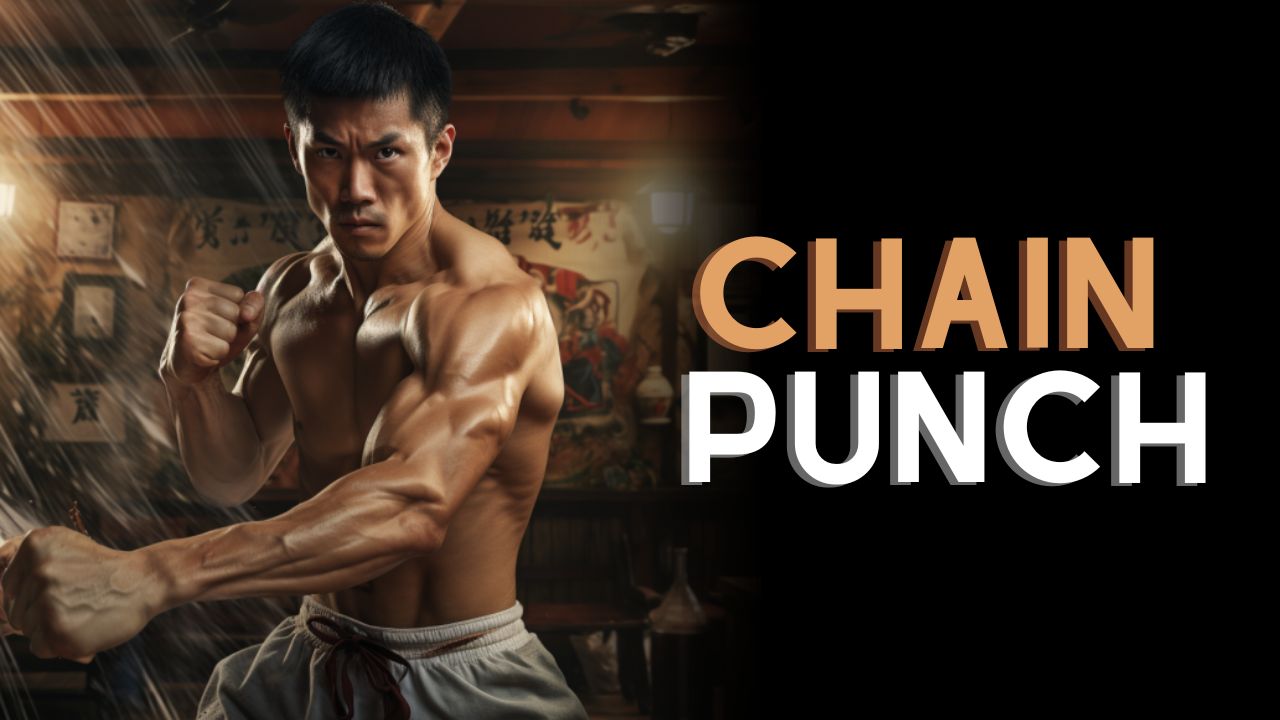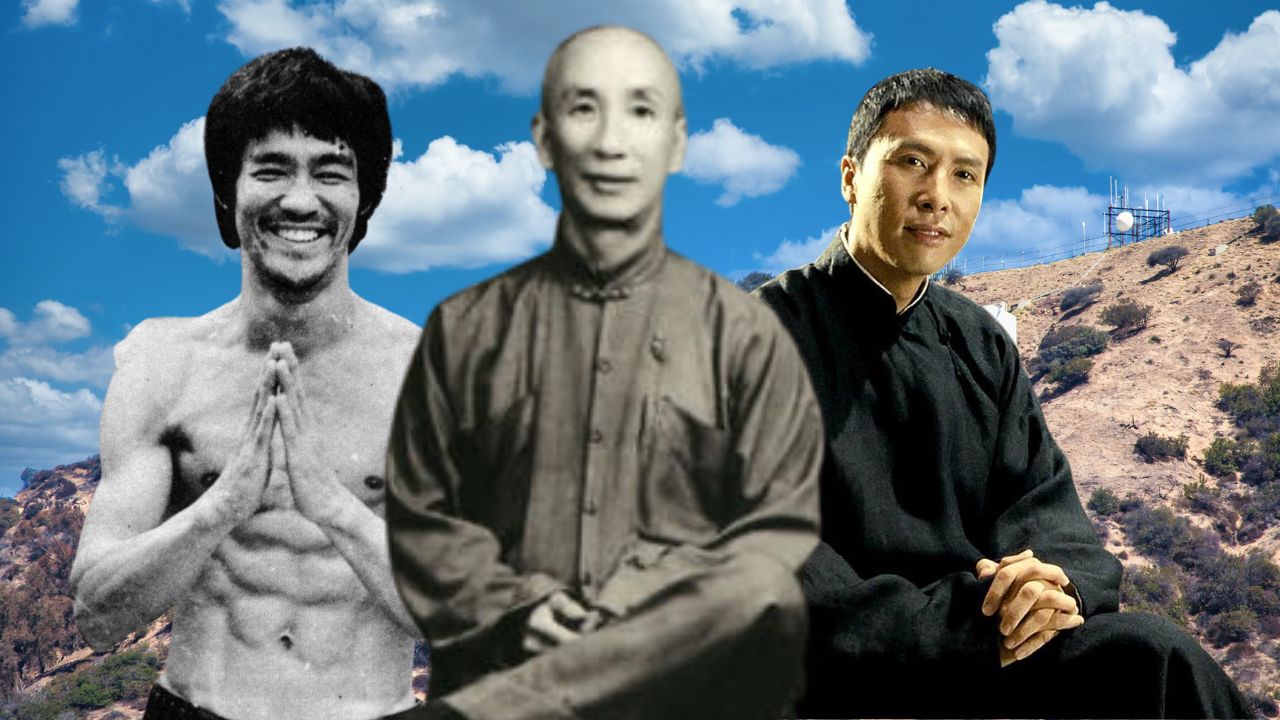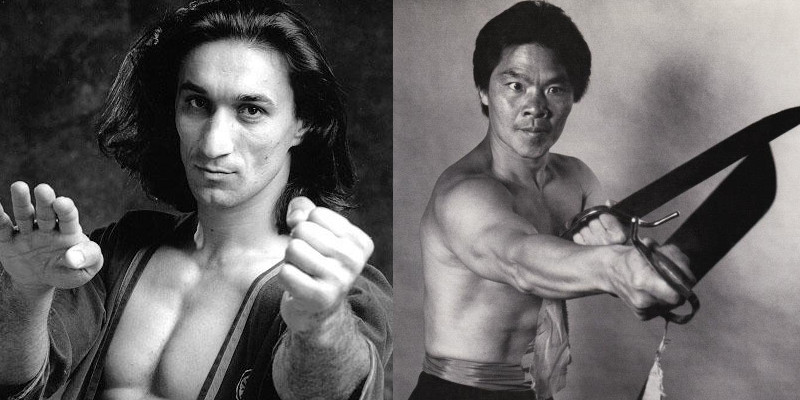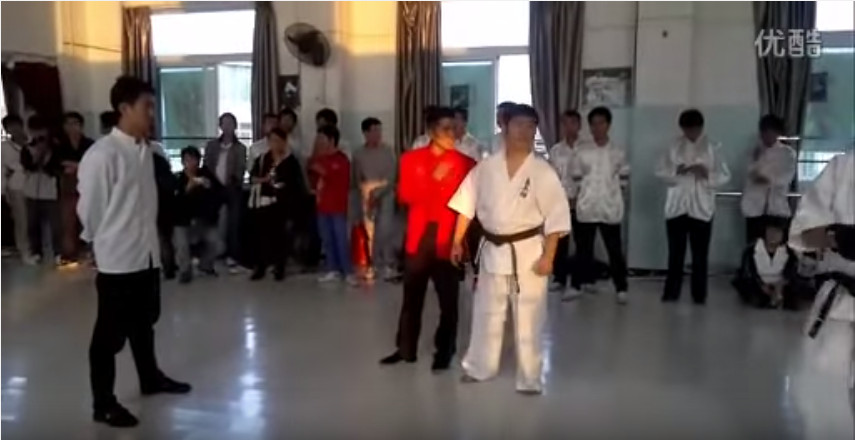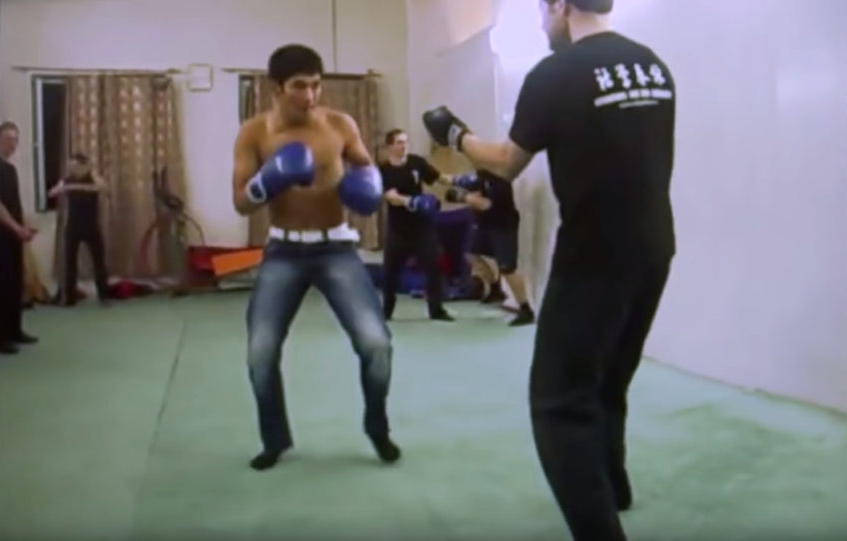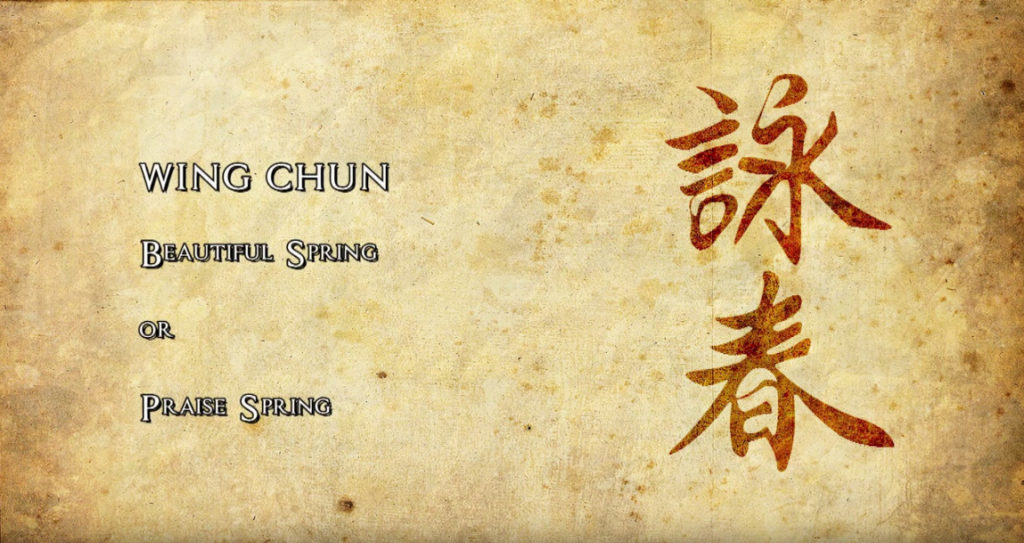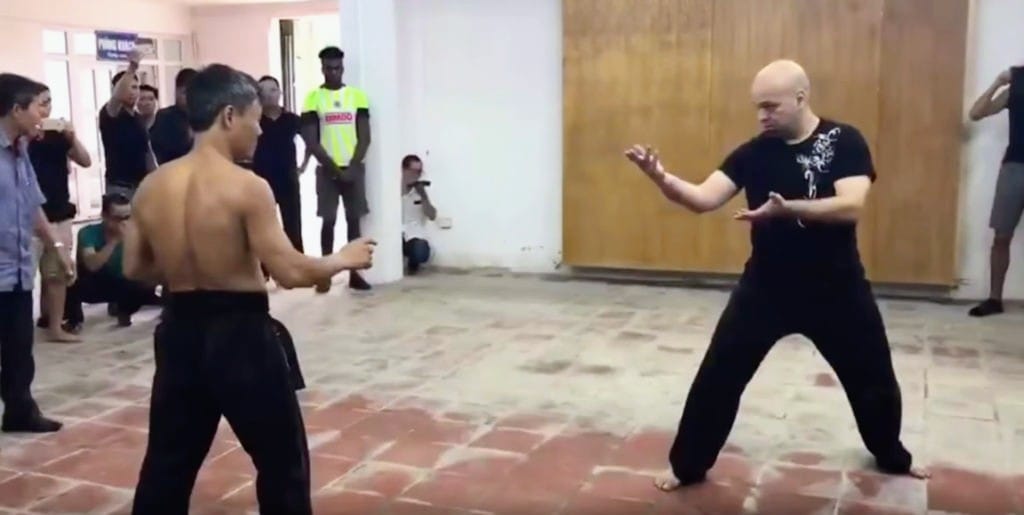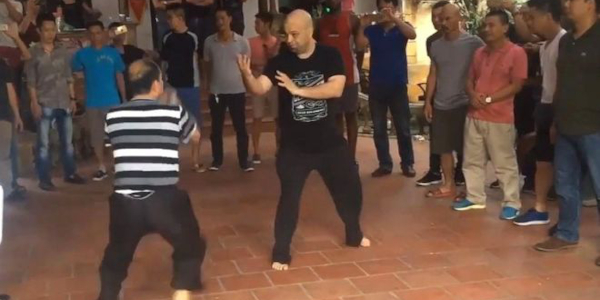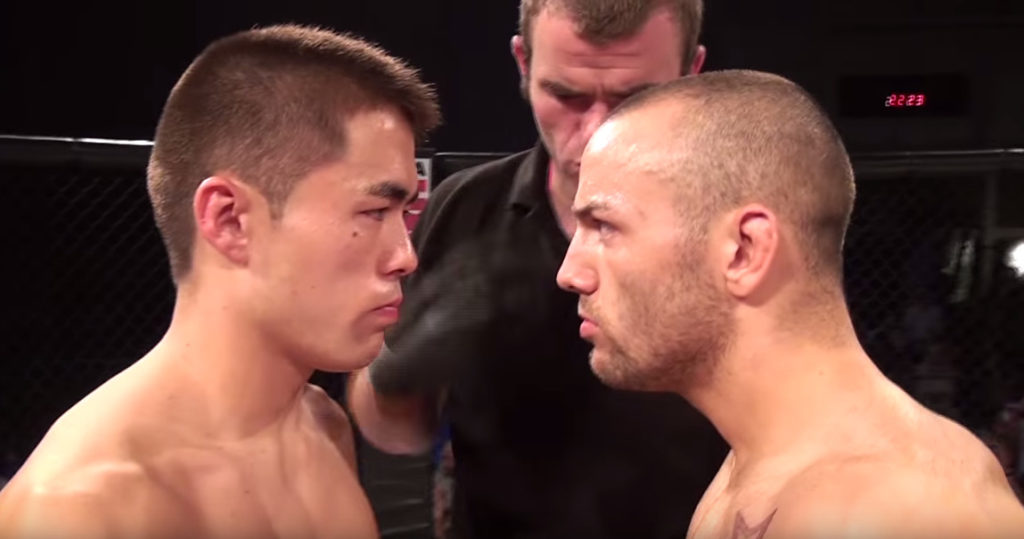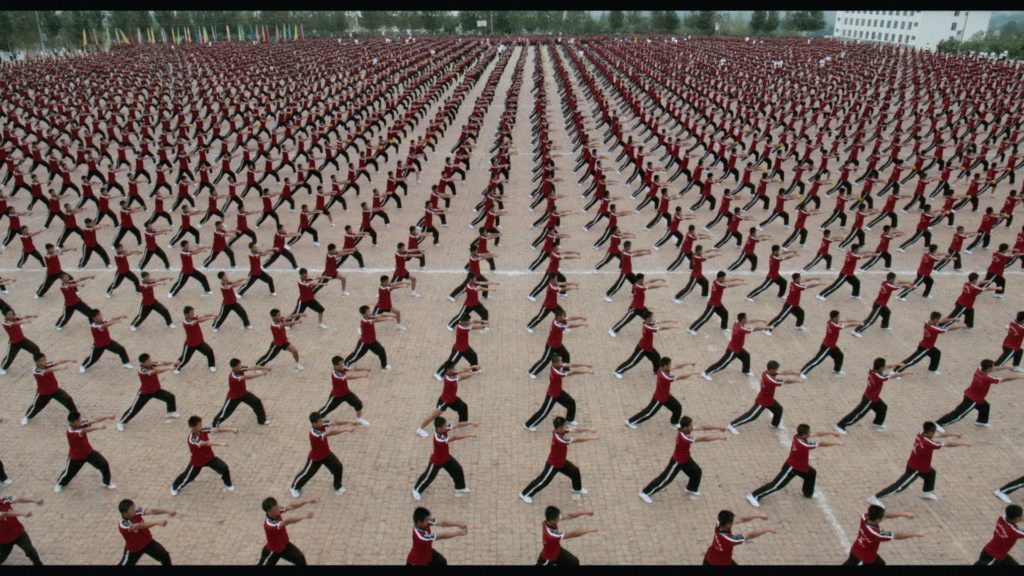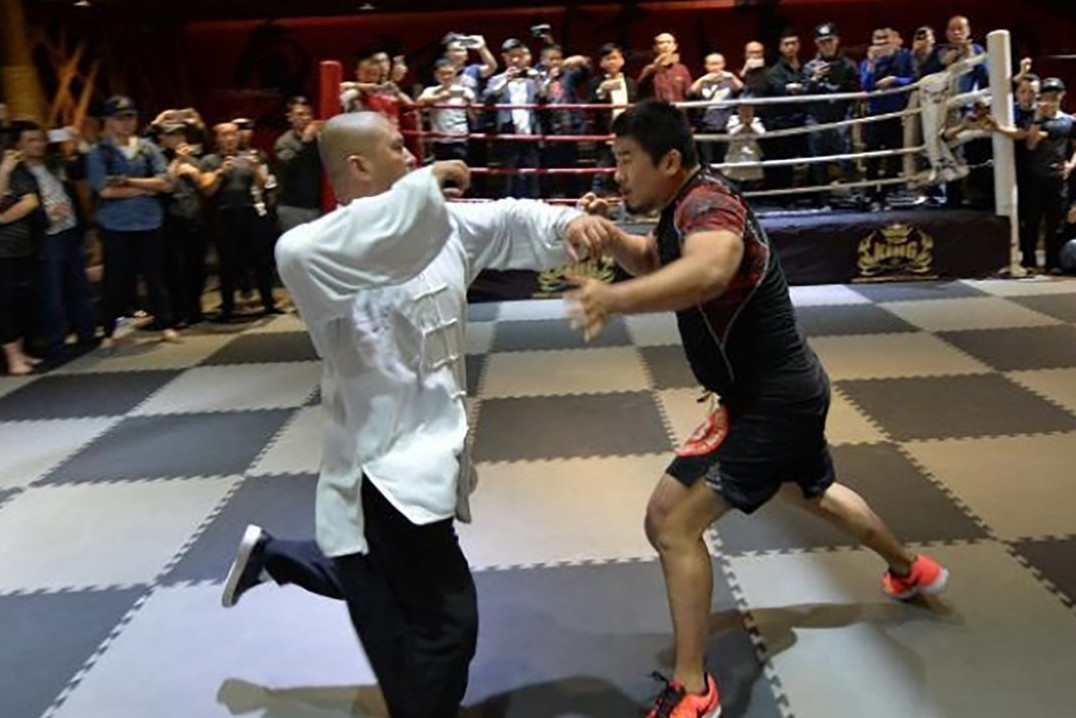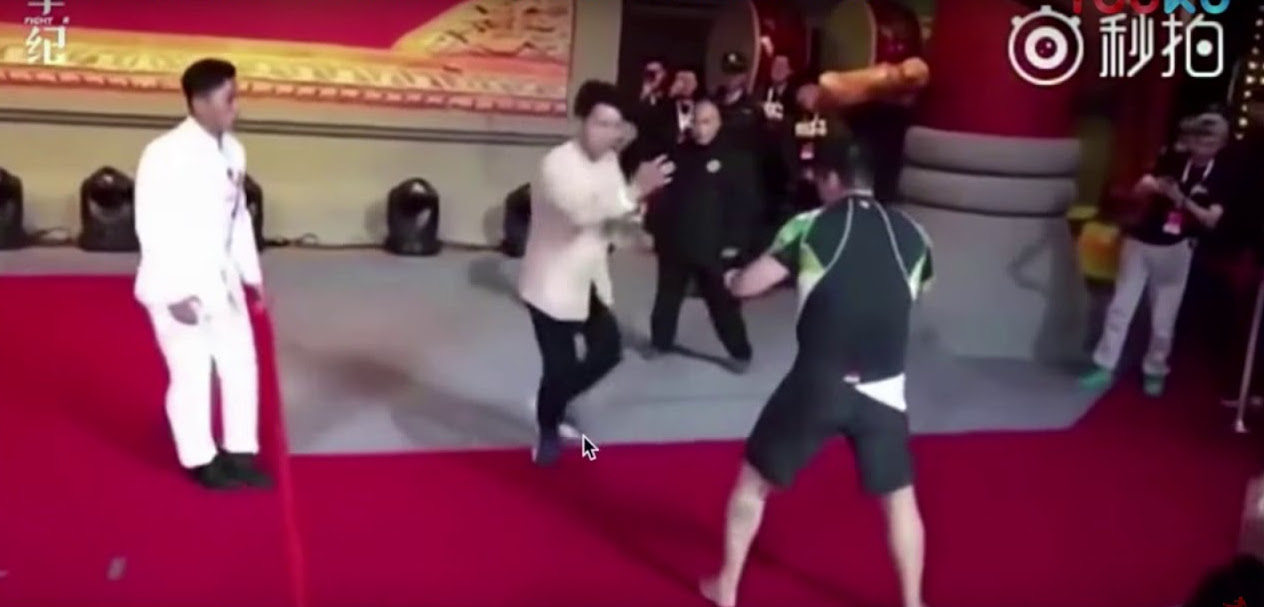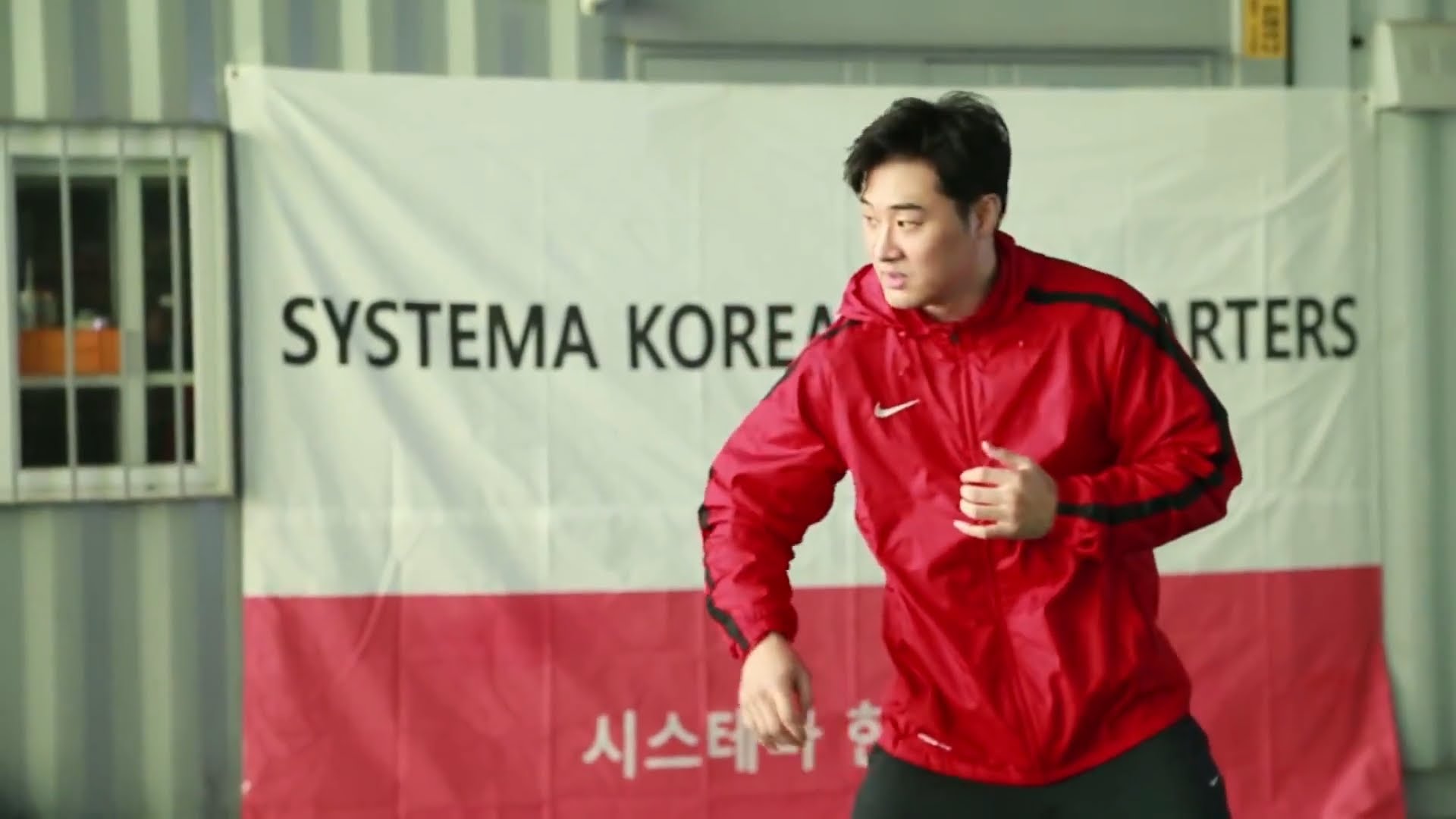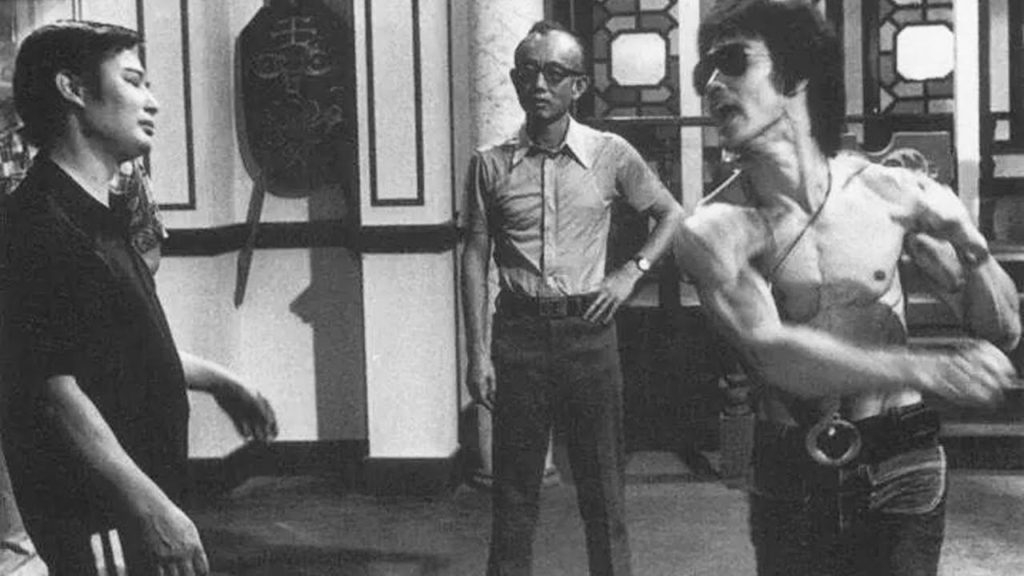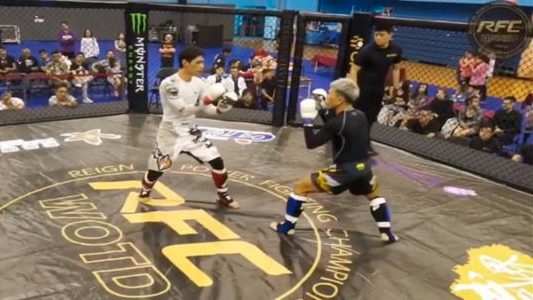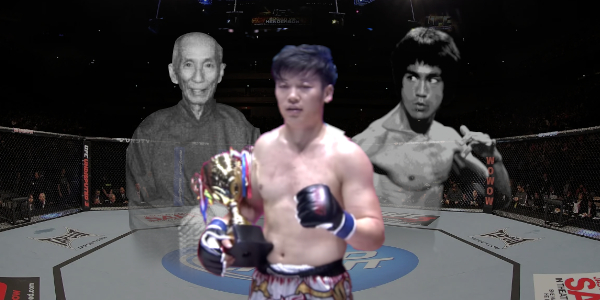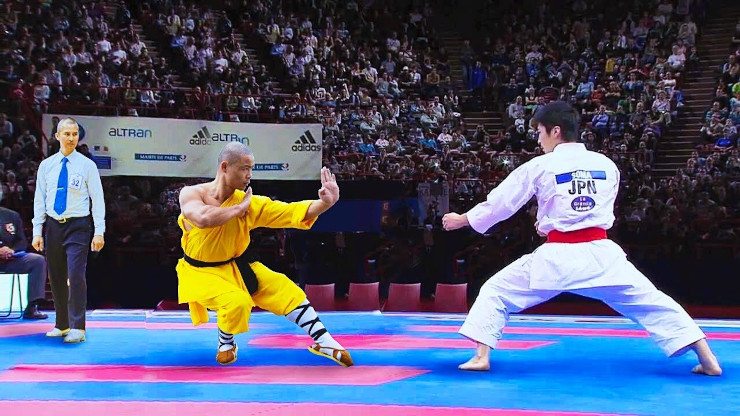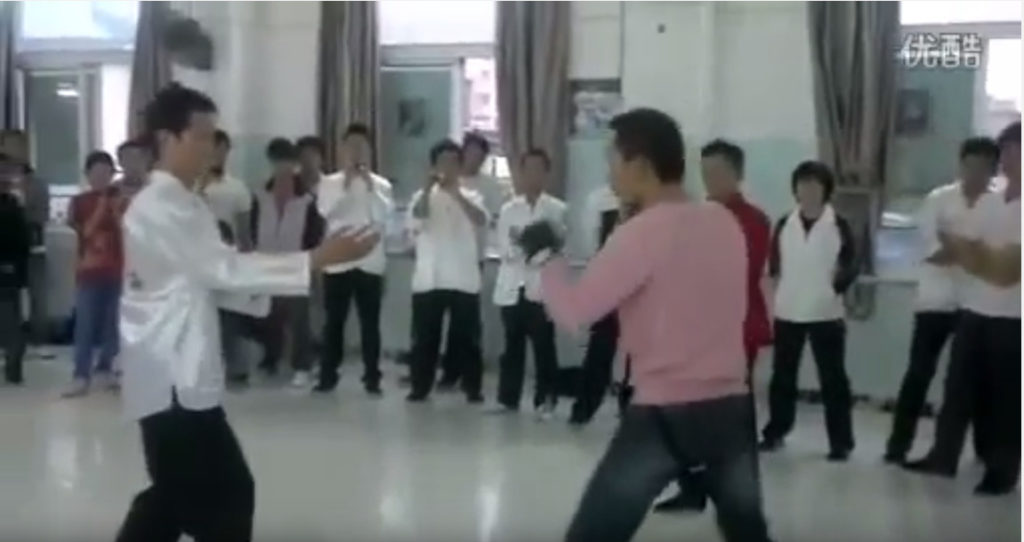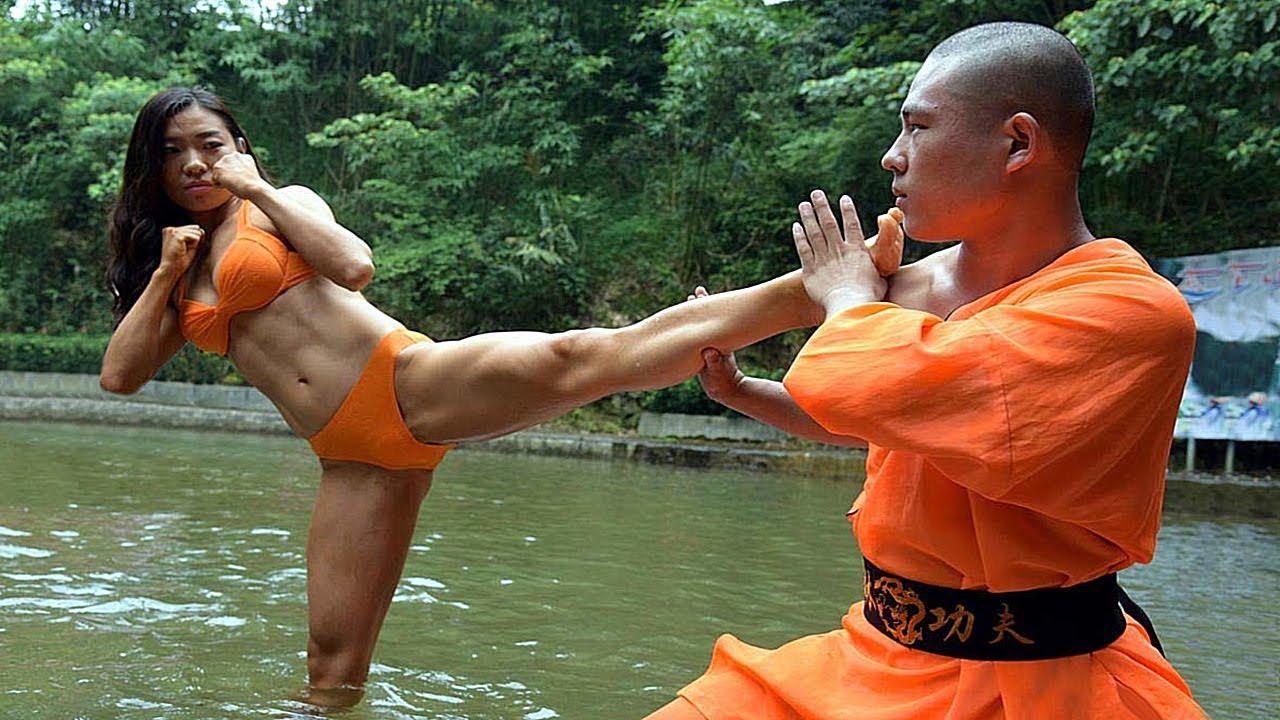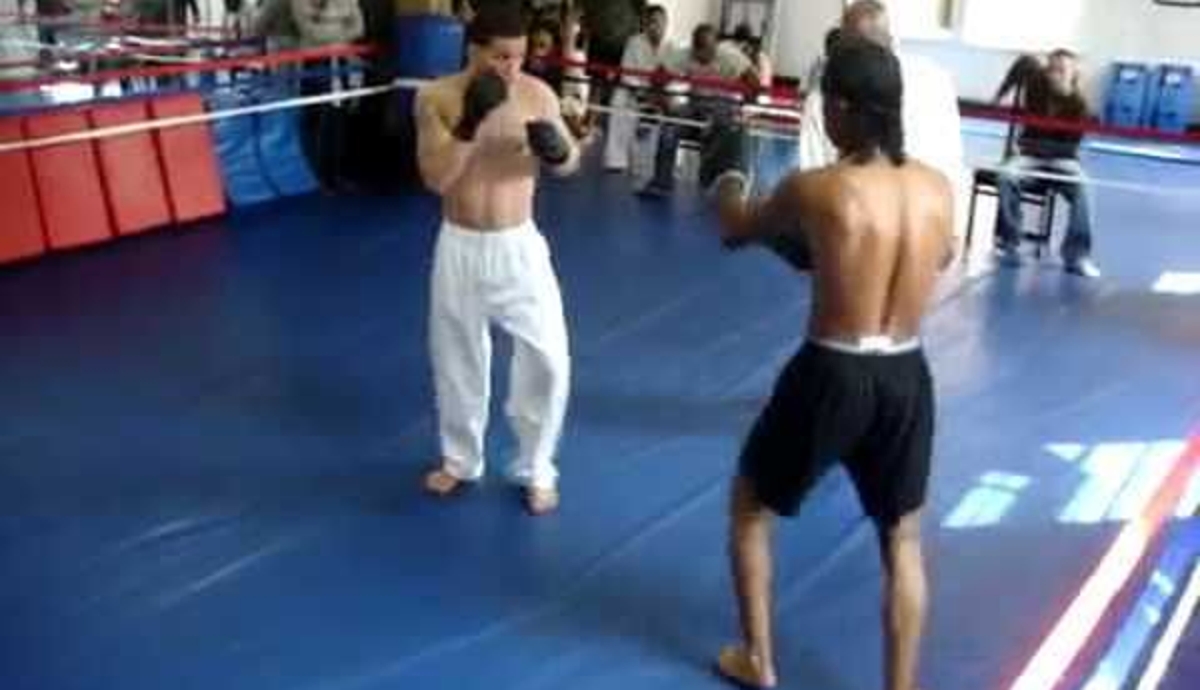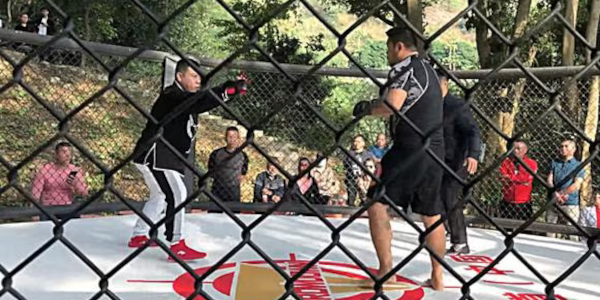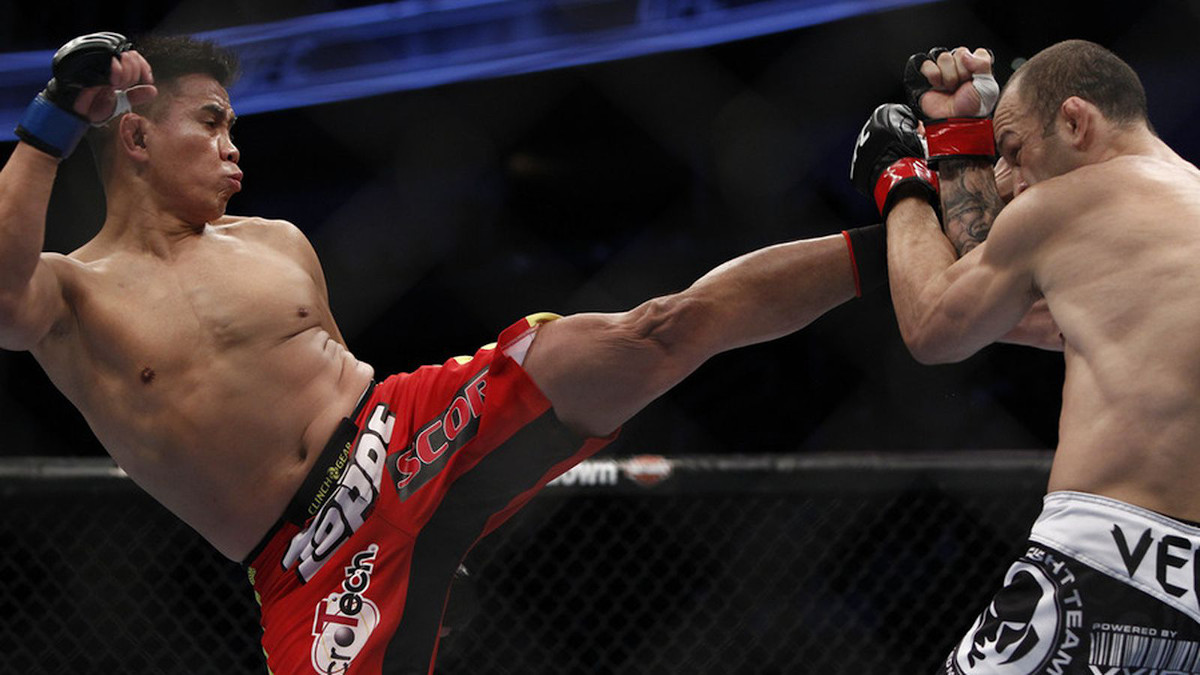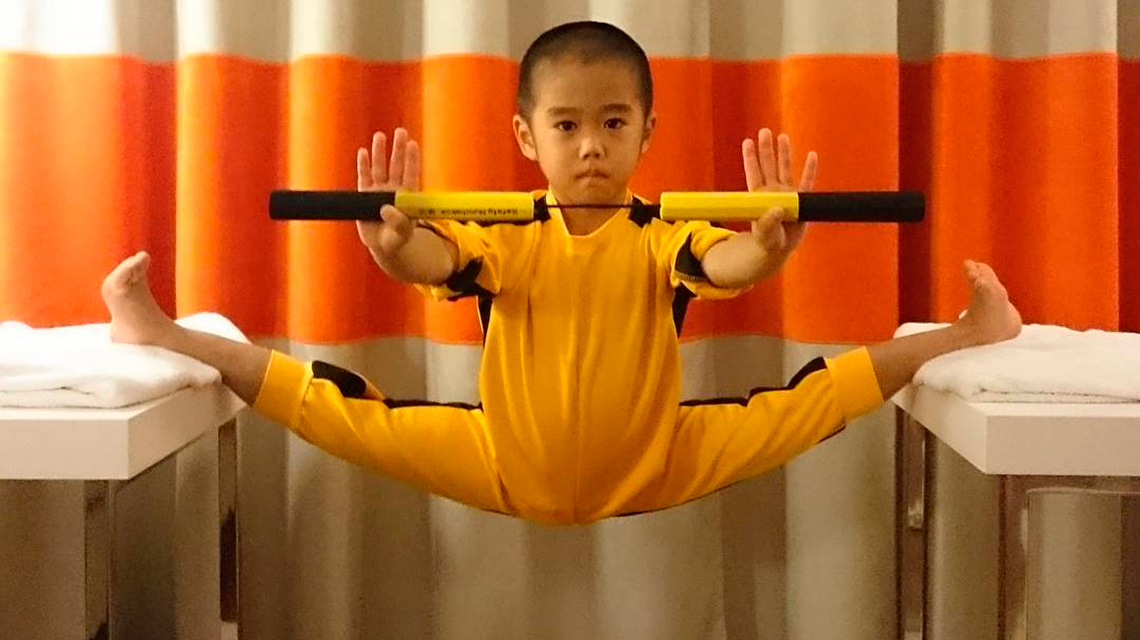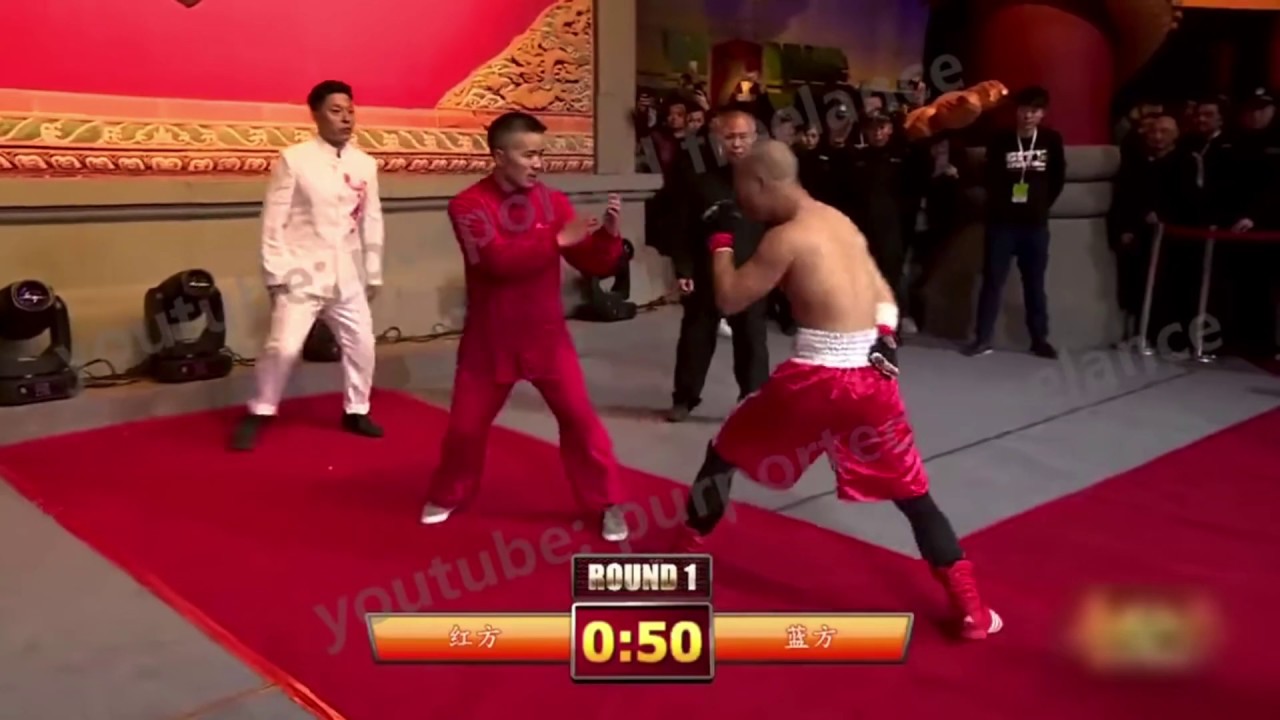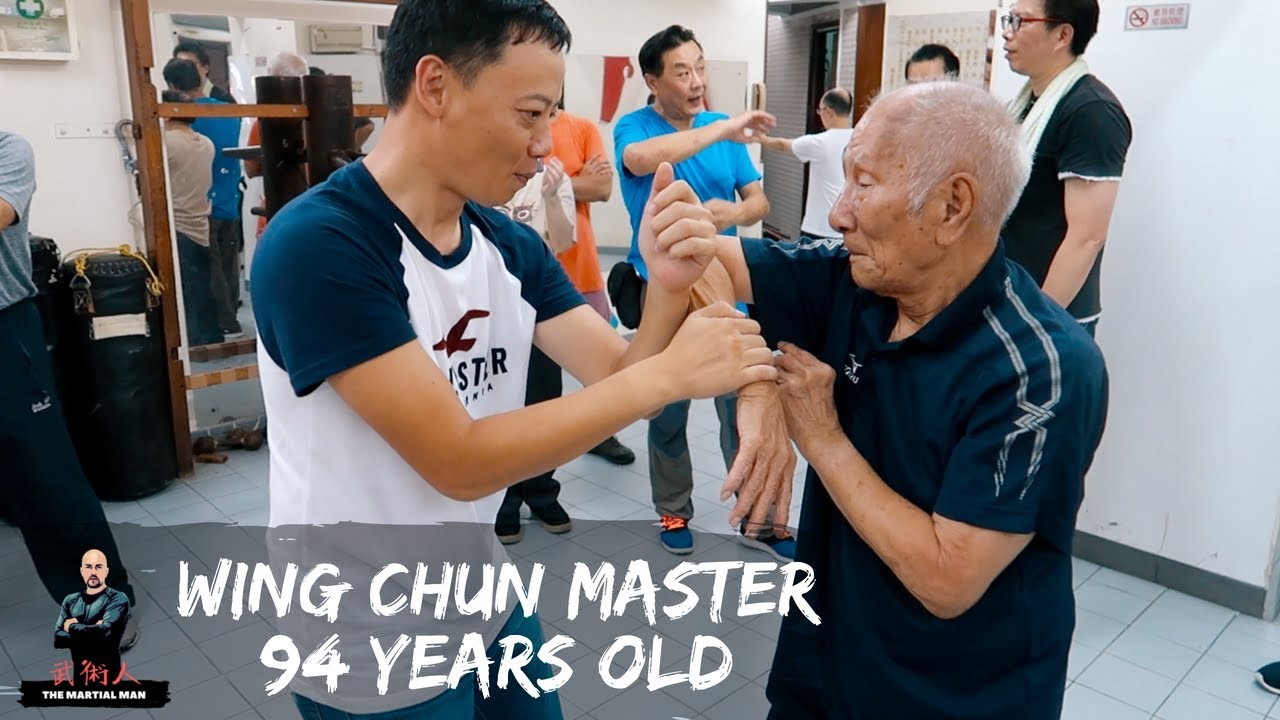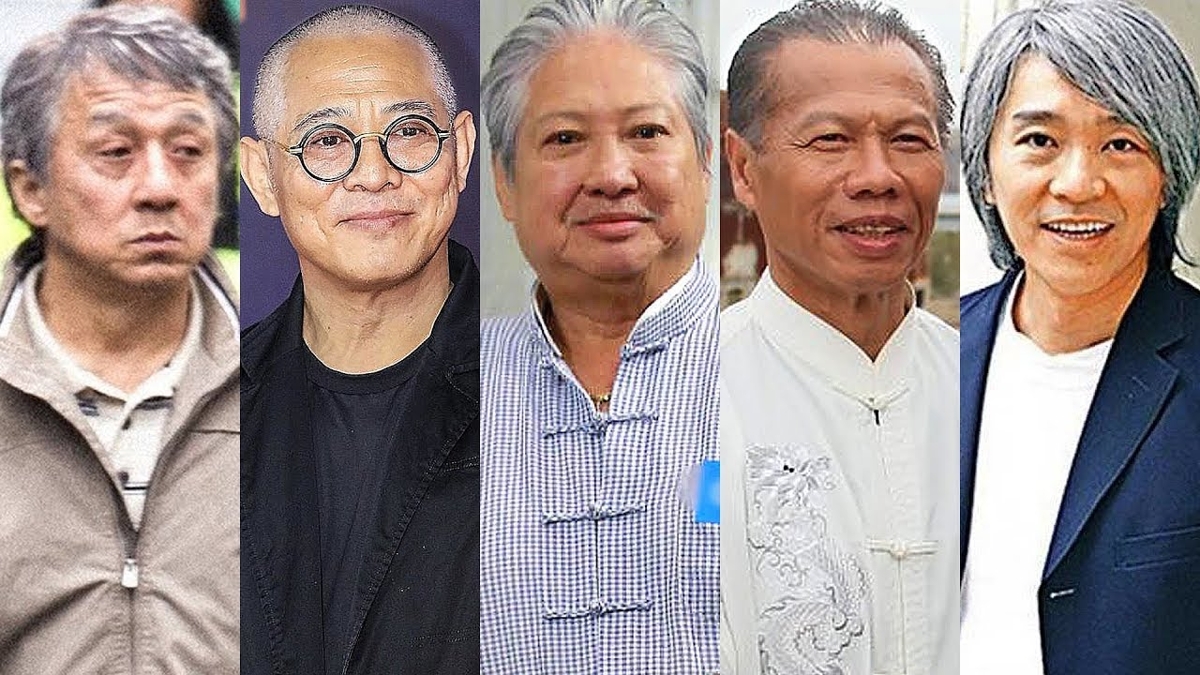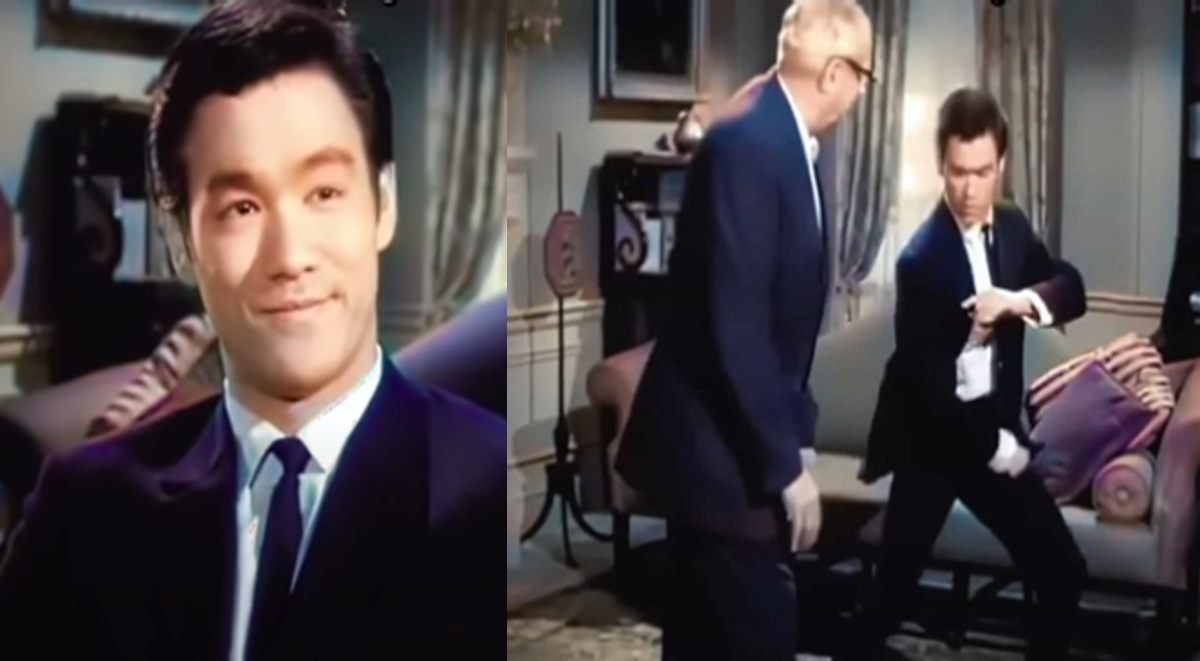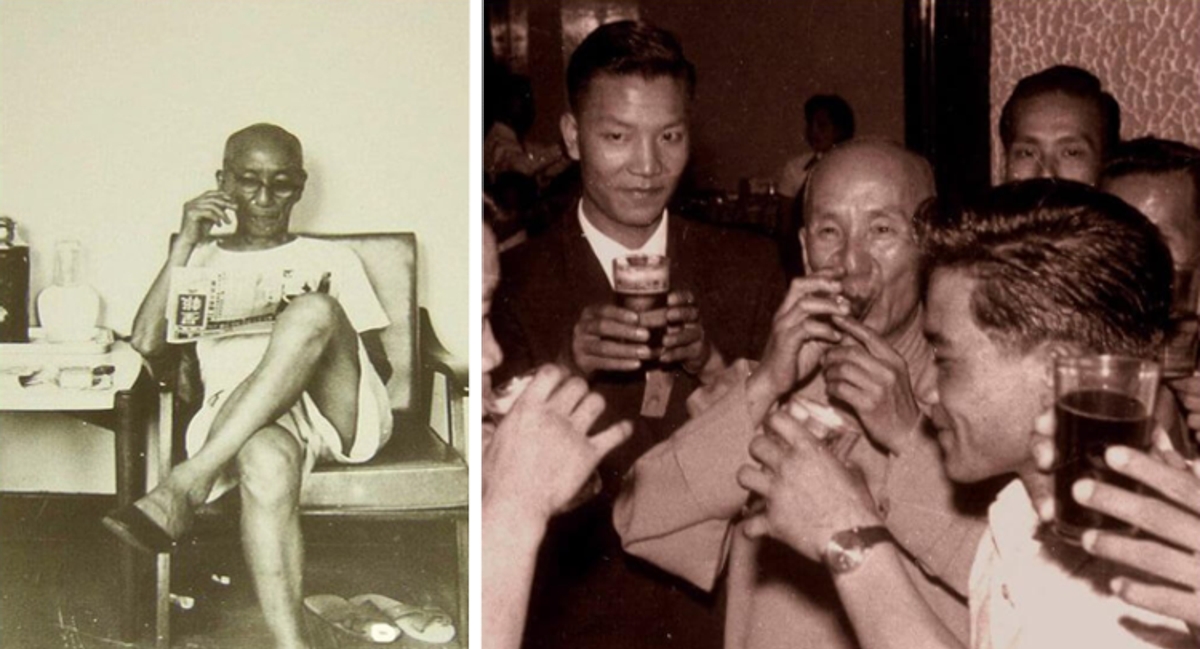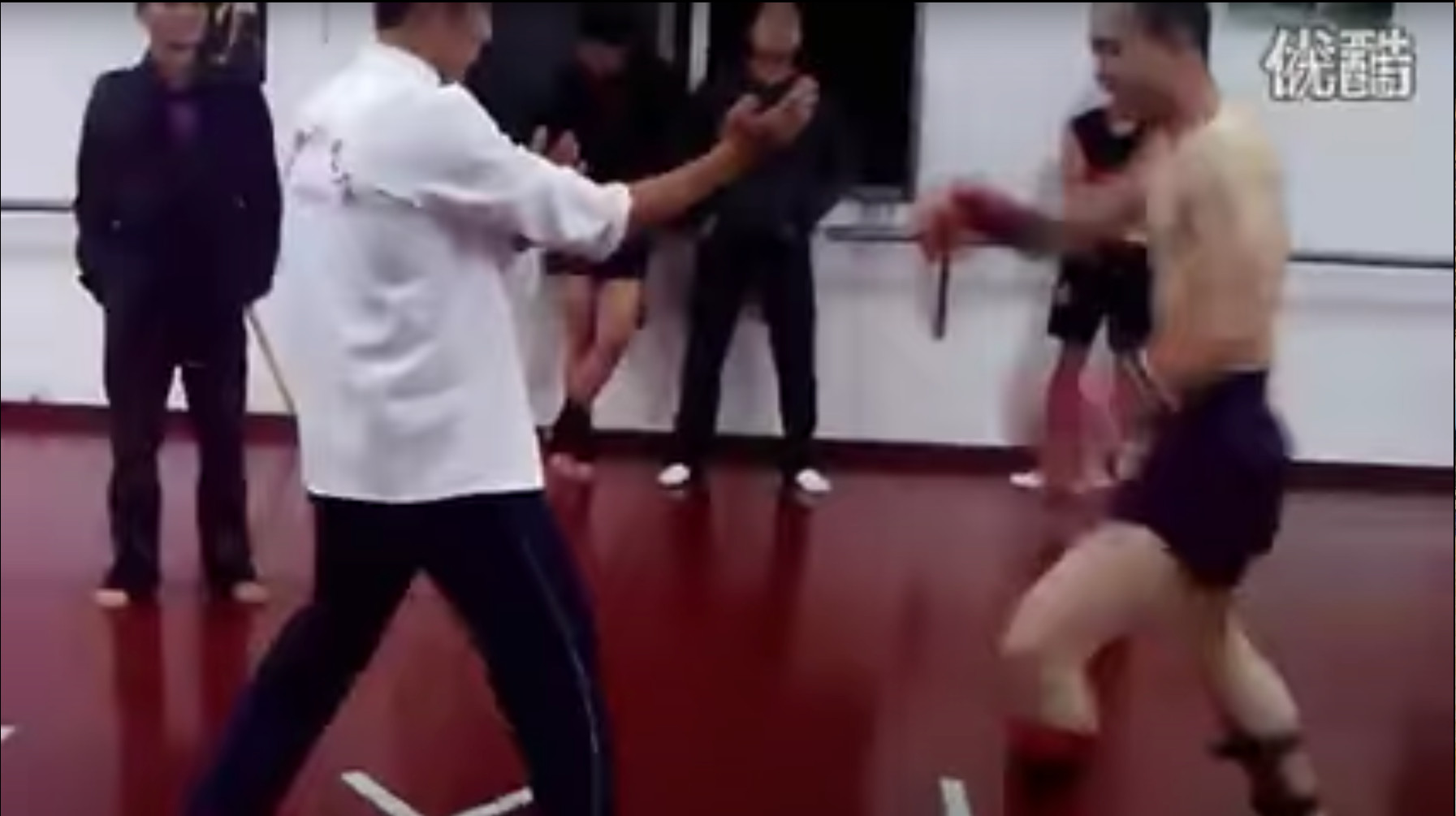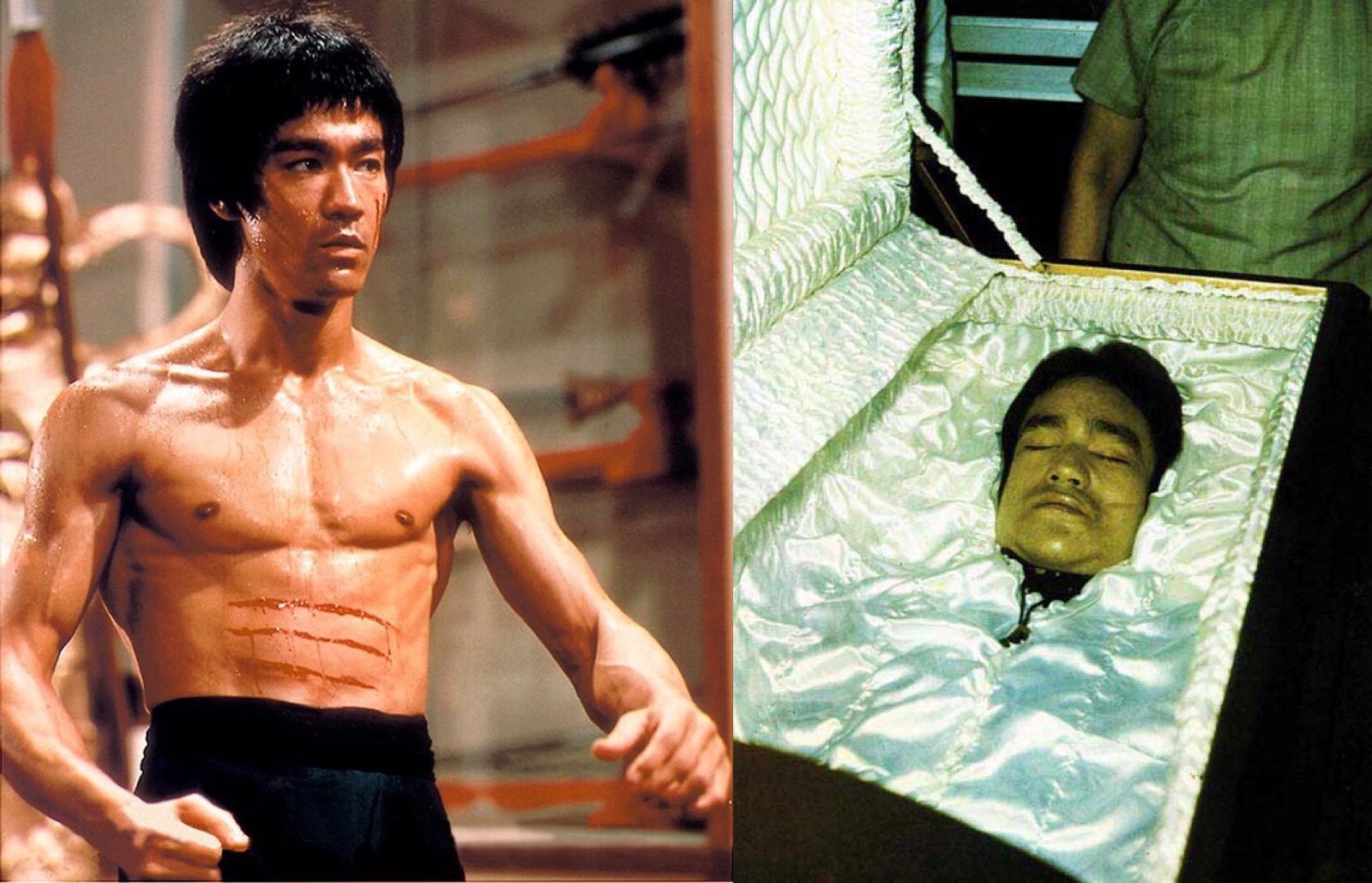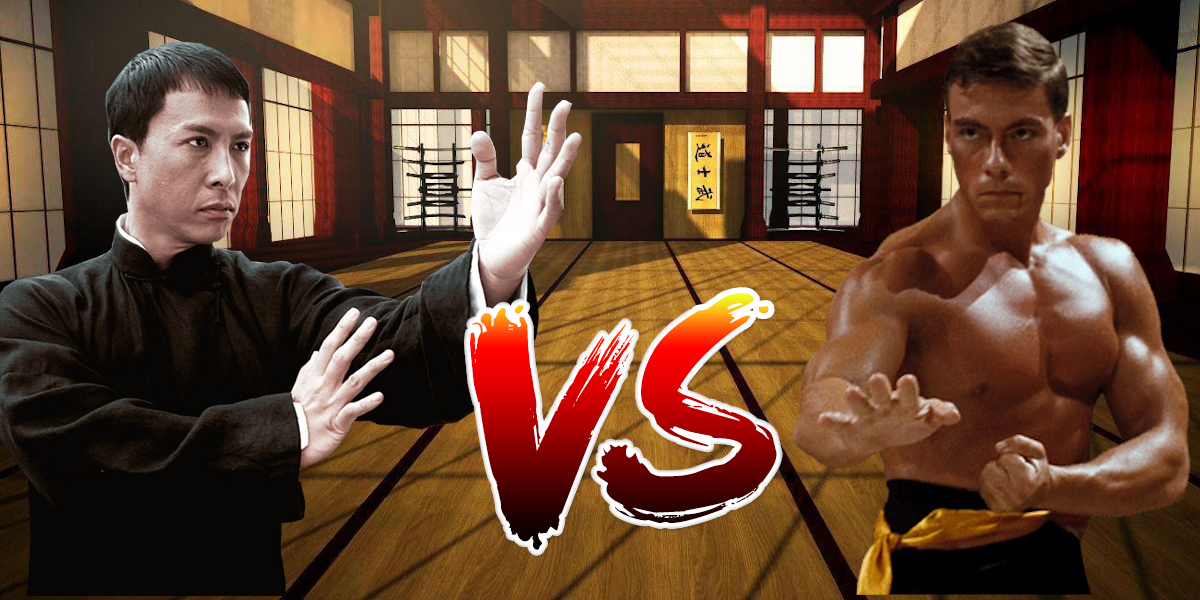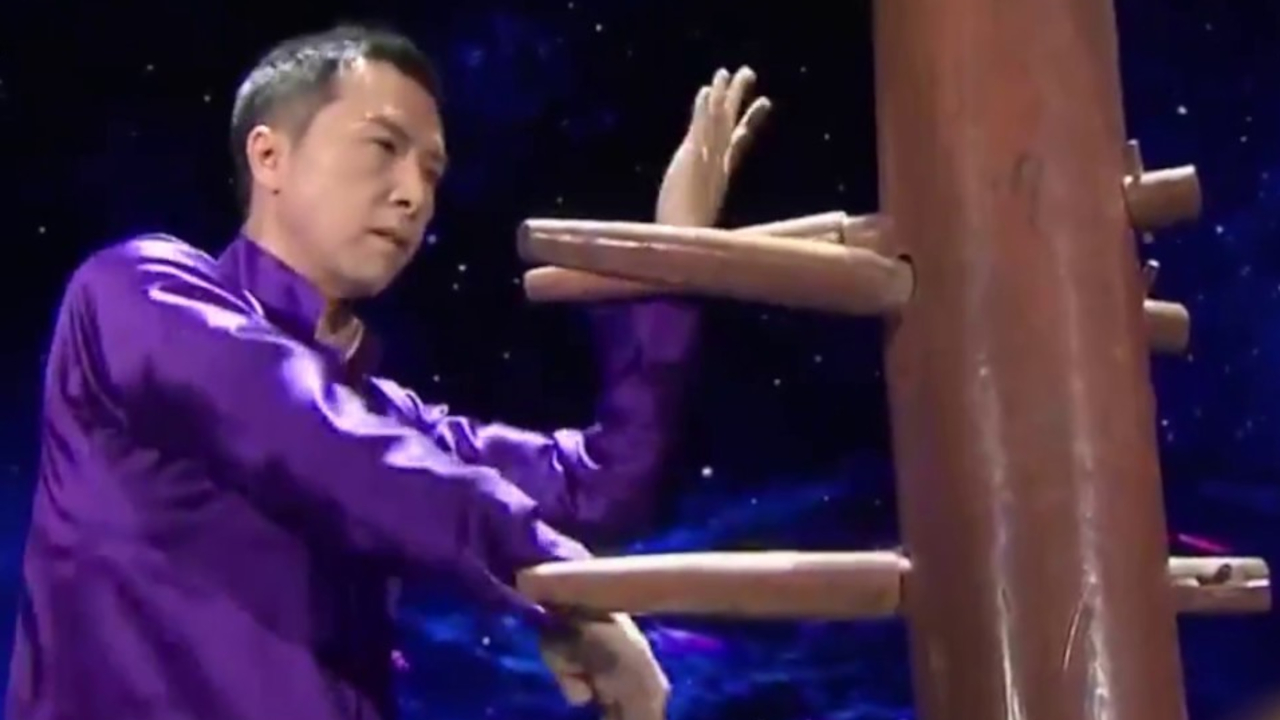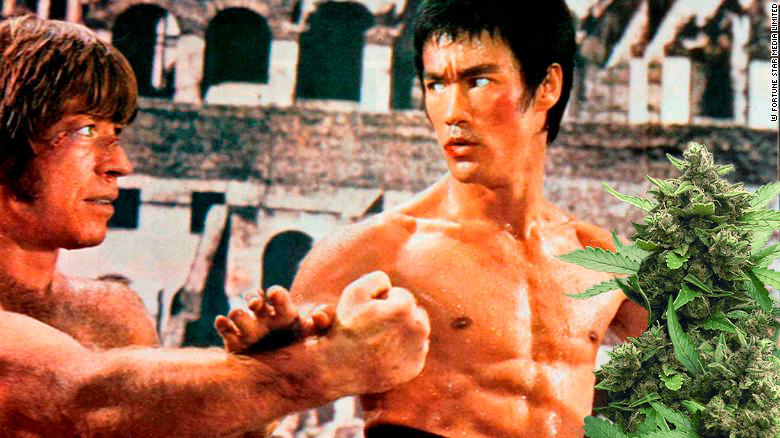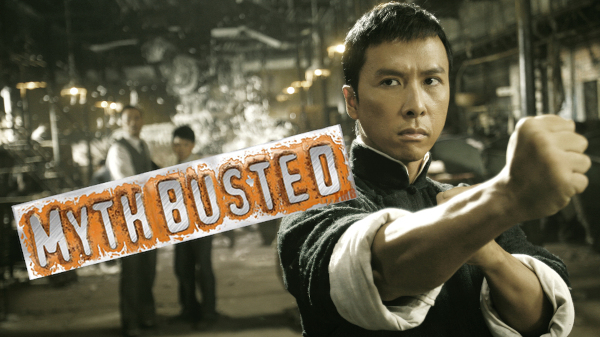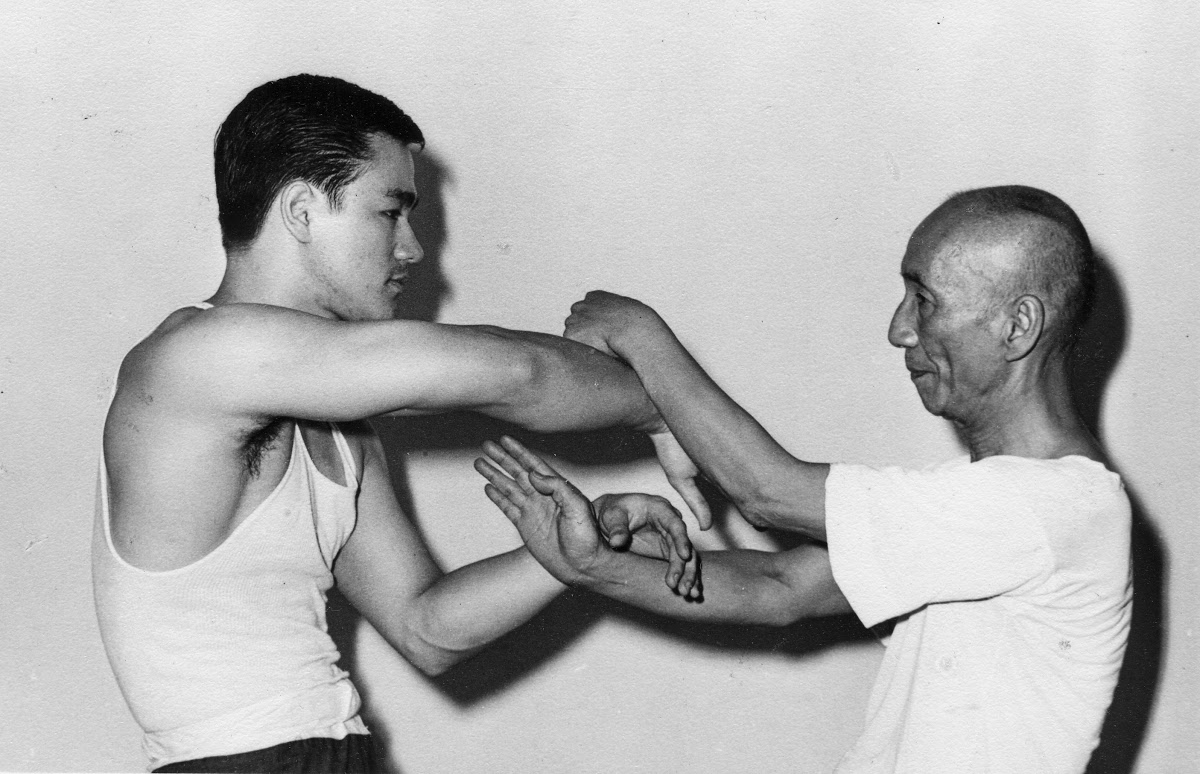Guardians of Grace: The Traditional Teachings of Wing Chun Kung Fu
Reading time: 8 minutes
Wing Chun, an ancient Chinese martial art, is a journey of self-discovery and empowerment. In our modern times, this practice offers much more than just self-defense; it's a pathway to mastering oneself amidst life's chaos. Today, let's delve into this fascinating world, which is eloquently explored in our book, "Wing Chun: Practical Introduction to Self-Defense". A free chapter is available at https://store.wingchunkungfu.eu/?ref=site, offering a glimpse into the transformative power of Wing Chun.
What is Wing Chun?
Wing Chun is renowned for its efficiency in close-range combat and practical self-defense. This martial art form, which balances ancient Chinese wisdom with modern survival strategies, is accessible to individuals of all ages and fitness levels, teaching quick strikes and counter-attacks to neutralize threats swiftly
The Benefits of Wing Chun
Practicing Wing Chun nurtures both the body and mind. It's not just about learning to fight; it's about discovering a pathway of self-mastery. This art form enhances physical fitness, coordination, mental focus, discipline, self-confidence, and awareness. It's an immersion into a rich cultural heritage, offering a unique approach to personal development and self-expression​
Wing Chun's Hierarchical Ladder
The mastery of Wing Chun resembles climbing a ladder, with each level marking a new understanding. Beginners learn the basics, intermediates delve into advanced techniques, and advanced practitioners master complex movements. Reaching the expert level means a profound understanding of Wing Chun's philosophy, transcending physical techniques.
Essential Equipment
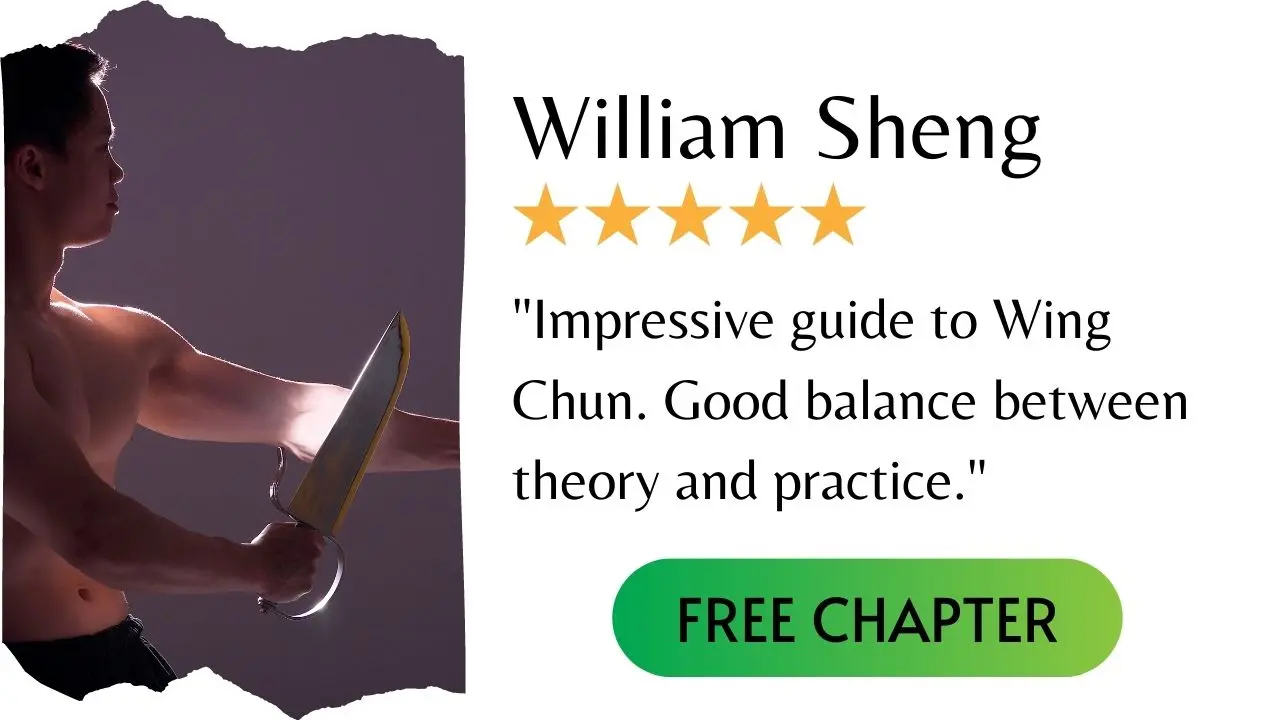
To begin your Wing Chun journey, investing in essential equipment like a wooden dummy, punching bag, focus mitts, and protective gear is crucial. This ensures a safe and effective training experience. Our guidebook provides a detailed breakdown of these costs and offers tips on managing them effectively
Getting Started
Embarking on your Wing Chun journey involves researching reputable schools, visiting classes, and engaging with the community. Consistent practice and guidance from instructors are key to progressing in this art. Our book offers step-by-step guidance for beginners to start their journey in Wing Chun
Wing Chun Martial Arts Tips
Success in Wing Chun comes from regular practice, mastering the fundamentals, and applying its principles in daily life. Our book provides invaluable tips and insights, helping practitioners to stay patient and persistent on their path to mastery
1. Regular and Consistent Practice: The core of mastering Wing Chun lies in regular and consistent practice. Dedicate a specific time each day for your training. This consistency is what transforms basic moves into instinctive actions, and it's essential for developing muscle memory and reflexes. Remember, Wing Chun is a garden that flourishes with the waters of regular practice.
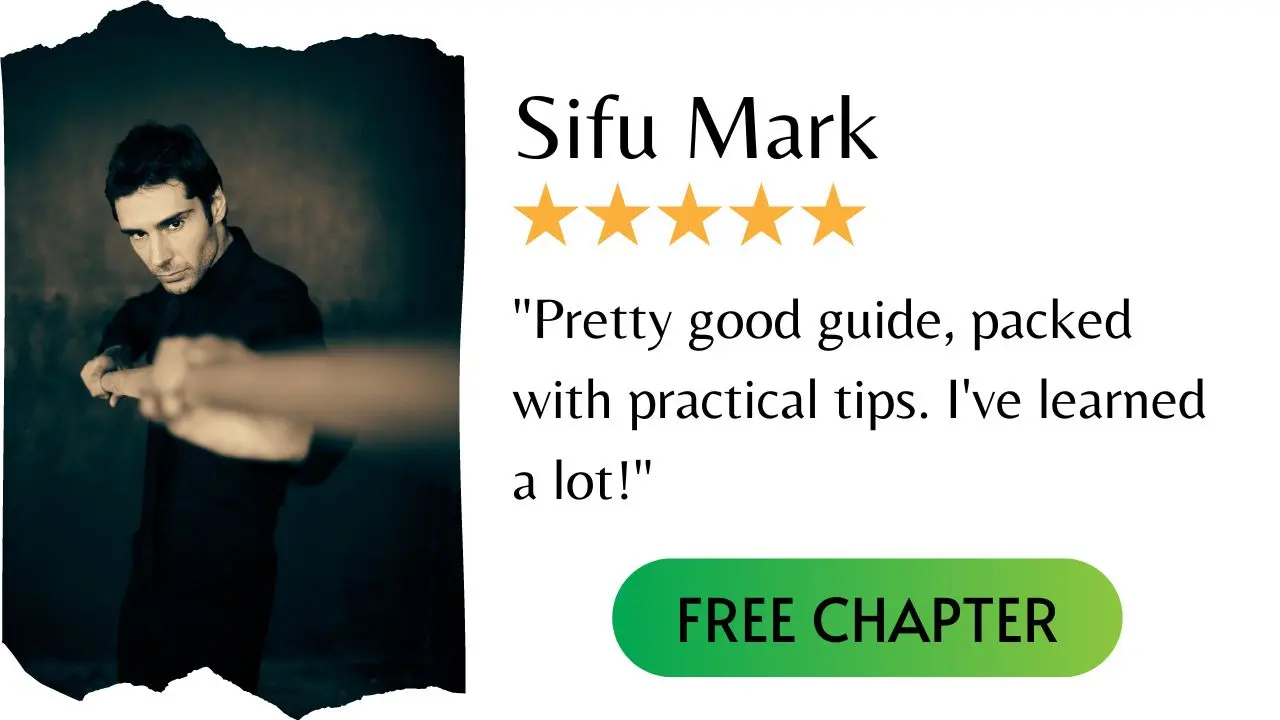
2. Heed the Guidance of Your Instructor: Your instructor is a beacon of knowledge in the art of Wing Chun. Pay close attention to their advice, corrections, and insights. They have walked the path you're on and can offer guidance that is both practical and philosophical. Their experience is invaluable in helping you avoid common mistakes and in providing nuanced understanding of techniques.
3. Master the Fundamentals: Wing Chun is built on a foundation of basic principles and techniques. Focus on mastering these before moving on to more complex maneuvers. This includes understanding the centerline concept, perfecting the basic stances, punches, and kicks. Remember, a skyscraper of skills rests on the bedrock of fundamentals.
4. Patience and Persistence: The journey in Wing Chun is about long-term improvement, not instant gratification. Stay patient and persistent. Progress might be slow at times, but each session builds upon the last, leading you towards mastery.
5. Apply Wing Chun Principles in Daily Life: Let the philosophies of Wing Chun seep into your everyday life. This martial art is not just about physical combat; it's about developing a mindset of mindfulness, balance, and resilience. Whether you're navigating a stressful situation at work or maintaining focus on a task, the principles of Wing Chun can be applied broadly.

6. Sparring and Real-world Application: Sparring with different partners is crucial. It helps you understand how to apply Wing Chun techniques against various styles and strategies. Always approach sparring sessions as learning experiences, not as competitions. Additionally, think about how the techniques and principles can be applied in real-world self-defense scenarios.
7. Focus on Breathing and Mindfulness: Proper breathing is crucial in martial arts. It helps in maintaining calmness and focus, especially under pressure. Practice deep, controlled breathing as part of your training. Also, incorporate mindfulness to enhance your mental fortitude staying present and aware during your practice will improve both your technique and your mental clarity.
8. Embrace the Wing Chun Community: Engage with the Wing Chun community. Attend workshops, seminars, and engage in forums. Learning from the experiences of fellow practitioners provides different perspectives and new techniques, and it helps to foster a sense of belonging in the wider Wing Chun family.
9. Video Analysis: Record your training sessions and analyze them. Watching yourself can reveal habits or mistakes you might not be aware of. This self-analysis, combined with feedback from your instructor, can lead to rapid improvement.
10. Cross-Training: Consider cross-training in other martial arts to complement your Wing Chun practice. This can provide insights into different combat philosophies and techniques, ultimately enriching your understanding and proficiency in Wing Chun.
Common Challenges & Solutions
From coordinating movements to dealing with frustration, Wing Chun has its challenges. Our guidebook details strategies to overcome these hurdles, ensuring a smooth journey towards mastery
Wing Chun FAQs
For those new to Wing Chun or considering starting, our book answers common questions regarding its suitability for all ages, the time required to achieve proficiency, and its effectiveness in self-defense
1. Is Wing Chun Suitable for All Ages?
- Absolutely. Wing Chun's adaptable nature makes it suitable for individuals of all ages. Its emphasis on technique over brute strength means that people from diverse age groups can practice and benefit from it.

2. How Long Does It Take to Achieve Proficiency in Wing Chun?
- The timeline to proficiency varies based on individual commitment, practice frequency, and innate aptitude. Generally, a few years of consistent training can lead to advanced proficiency. However, mastery is an ongoing journey.
3. Is Wing Chun Effective for Self-Defense?
- Wing Chun is highly effective for self-defense. Its techniques are designed for real-world scenarios, emphasizing quick, efficient movements and practical responses to threats.
4. Do I Need Prior Martial Arts Experience to Learn Wing Chun?
- Not at all. Wing Chun is welcoming to beginners without any prior experience in martial arts. Its structured learning path ensures a smooth progression from basic to advanced levels.
5. Can Wing Chun Improve Physical Fitness?
- Yes. The physical training in Wing Chun enhances strength, flexibility, and cardiovascular health, contributing to overall physical wellness.

6. What Makes Wing Chun Unique Compared to Other Martial Arts?
- Wing Chun is unique in its emphasis on close-range combat, efficient movements, and the principle of simultaneous attack and defense. It also focuses on internal balance and mental discipline.
7. How Important is the Concept of the Centerline in Wing Chun?
- The centerline concept is fundamental. It refers to an imaginary line drawn from the center of the practitioner's body to the center of the opponent's body. Most attacks and defenses in Wing Chun are directed along this line for maximum efficiency.
8. What Are the Key Principles of Wing Chun?
- Key principles include economy of movement, maintaining a relaxed state, practicality in defense, and the focus on technique over brute force. These principles are applied to both physical techniques and mental strategies.
9. How Does Wing Chun Differ for Women and Men?
- While the techniques remain the same, Wing Chun is particularly popular among women because its effectiveness does not rely on physical strength. This makes it an empowering choice for self-defense, regardless of one's size or strength.

10. Are There Different Styles of Wing Chun?
- Yes, there are several lineages and styles of Wing Chun, each with slight variations in techniques and teaching methods. These differences often reflect the interpretations and emphasis of individual masters.
11. What Role Do Traditional Weapons Play in Wing Chun?
- Traditional weapons such as the butterfly swords and long pole are part of advanced Wing Chun training. They help in understanding the principles of leverage, distance, and timing, and enhance overall martial understanding.
12. Can Wing Chun be Practiced Solo, or Does it Require a Partner?
- While practicing with a partner is essential for understanding application and timing, much of Wing Chun, including forms and drills, can be practiced solo. This is beneficial for refining techniques and developing muscle memory.
Conclusion: A Voyage of Self-Discovery
Wing Chun is more than a martial art; it's a voyage into self-mastery and personal growth. By adhering to the guidelines and steps outlined in our book, "Wing Chun: Practical Introduction to Self-Defense", you're not just learning a martial art; you're embarking on a transformative journey. Ready to delve into the extraordinary world of Wing Chun? Start by reading a free chapter at https://store.wingchunkungfu.eu/?ref=site and take the first step into a life-enriching experience.
Thank you. Your comment will be approved shortly.
Comments
Thank you. Your comment will be approved shortly.
Thank you. Your comment will be approved shortly.
Thank you. Your comment will be approved shortly.
Thank you. Your comment will be approved shortly.
Thank you. Your comment will be approved shortly.

